hiking gear
Hey folks,
I know I talk a lot about hiking and such when we are travelling so I thought a gear blog would be appropriate. If you want to skip the descriptions, I will put a list of my specific gear at the bottom. I don’t endorse any specific manufacturer, these are just what I find works for me. You should tailor your own wardrobe to your specific comfort and needs.
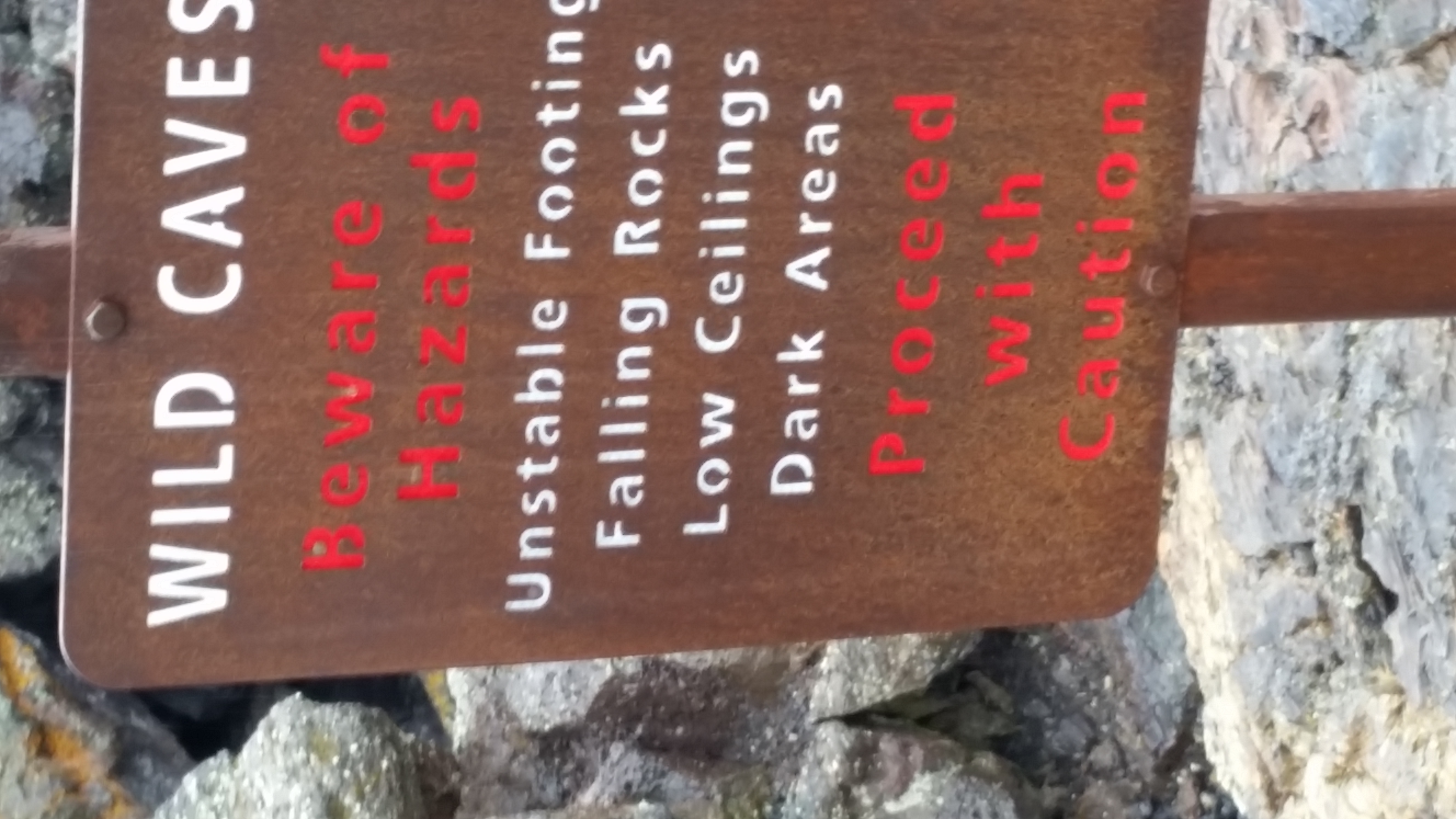
Wild Caves!
As you know, both E and I are in our 50’s and so are not your typical 20 something marathon hikers. That said, we enjoy hiking in all sorts of varied terrain and climates. You’ll find us on a drizzly day in the Olympic National Forest, a 100 degree day in Valley of Fire, a 60 degree day in Death Valley or even a crisp cold day at the highest elevation of Great Basin.
We often see other hikers who take off with just regular clothing on, street shoes (even flip flops), and minimal water with nothing else. Every time I see them, I wonder if they are trying out for the Darwin Awards. Every year you see stories of hikers who have gotten lost or been hurt and have had to be rescued or in the worse case scenarios, died while out in the wilderness. Almost every one of the cases I have seen and researched that have turned tragic are due to lack of preparation or situational awareness.
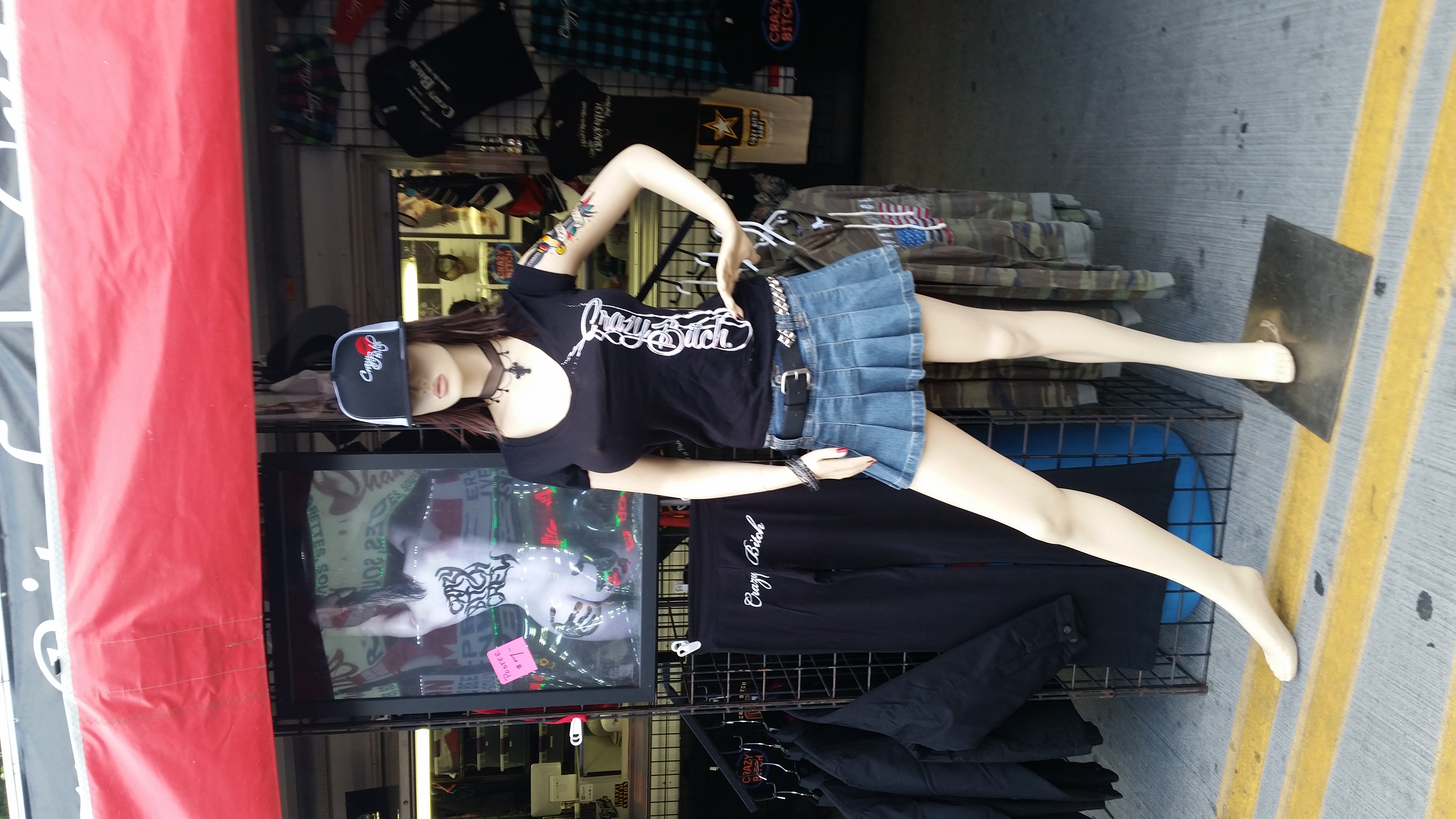
just a mannequin, but we have seen stuff like this out there
I’m not saying that you have to prepare for a short hike in your city park on level ground like you are going to summit Everest but you should still have a situational awareness of your environment no matter where you are taking your outing.
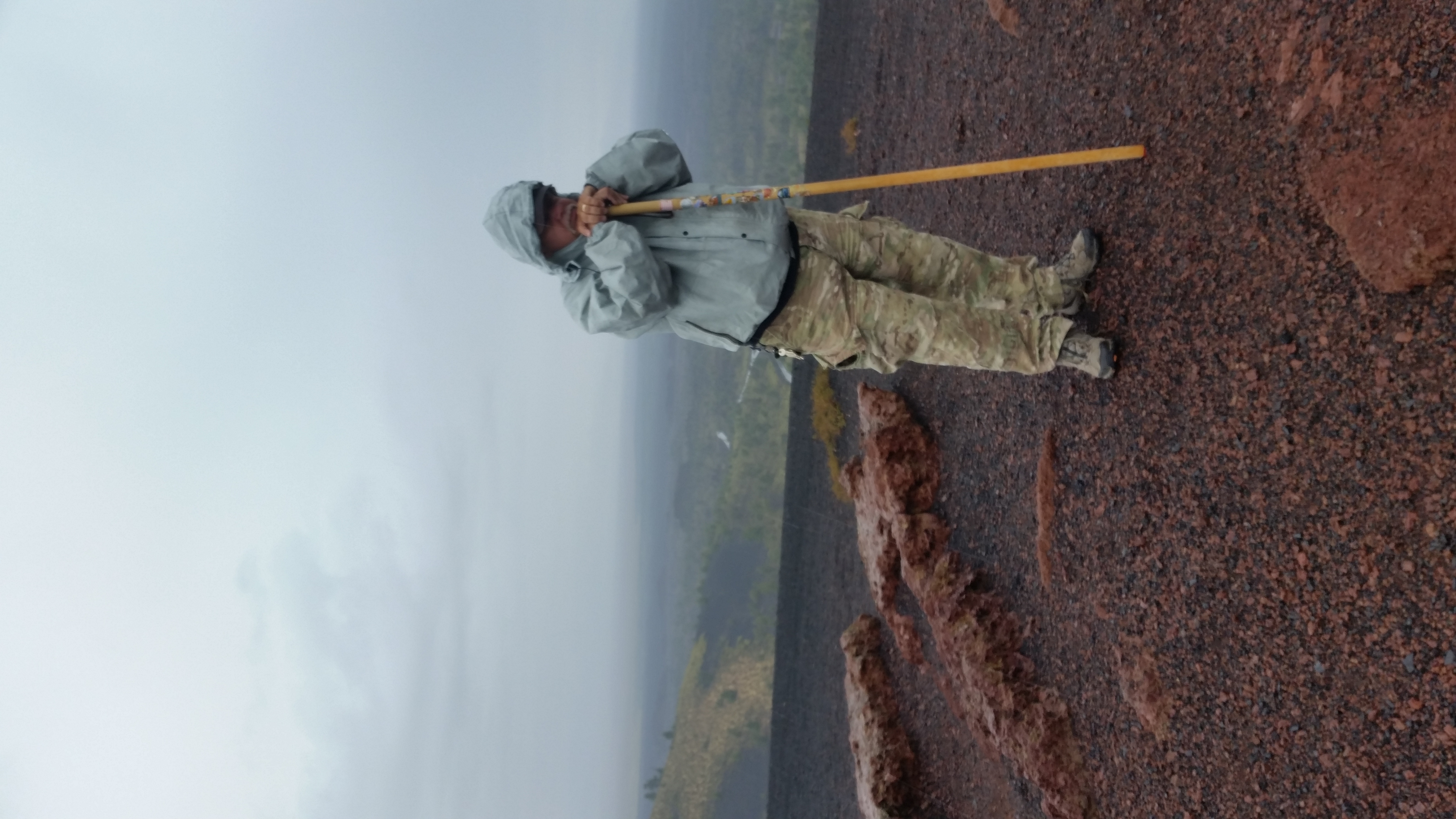
a pause in the rain on a September day at Craters of The Moon
We live in western Washington State near the salt water and often see people during the summer who go to the beach in shorts and light shirts without taking something heavier to wear. This is a great boon for the seacoast shops who all carry jackets and hooded sweatshirts. Our ocean here doesn’t get over 55 degrees and it can rain or be overcast at a moments notice.
The gist of this blog is not a rant about doing things my way, it’s just some recommendations about how we do things after a number of years of experience. We tailor our hiking and trekking gear to our particular needs for the environment and conditions but there are some things that are always present in my pack.
Let’s cover clothes first;
When we are doing any serious hike over a mile you will see us with specific items.
Number one is a good pair of shoes or boots. We advocate that anyone taking off on an unpaved trail or hike should have a comfortable pair of good ventilated (summer use) hiking shoes or boots. These can be found in many different varieties from a ton of different manufacturers. I don’t advocate a specific brand but insist that they be comfortable/broken in (blisters suck) and are lace up so that they can be tightened or loosened according to the type of terrain. they also need to have a good sole pattern to handle the terrain you will be in. Also remember to check them when done hiking because different rock types can eat the soles right off a pair of boots (granite, sandstone and lava). My favorite desert/summer hikers are an ankle high pair of vented shoes with a good footbed and aggressive tread design. Winter or wet season call for a different boot unless you just want cold and uncomfortable feet. A winter or wet boot should at least have some water impermeable layer in the construction. An insulating layer is good to have as well. My favorite wet/cool weather boot was bought from a hunting store and has 250 grams of insulation and an impermeable layer. My feet never get wet in them. This is not about technical mountain or ice climbing, that I leave to the experts! Speaking of wet feet, I recently viewed a video of people hiking in Zion National Park through one of the rivers there. Almost all of them were complaining that their shoes and socks were now soaked after hiking in hip deep water. This can be a pain in the foot, literally. I recently added a pair of closed toe hiking sandals from a well known maker and they have been a lifesaver in those wet summer environs where I don’t want my socks and shoes to be uncomfortable after getting a good soaking. They dry quickly and provide a good arch support while protecting my toes from bushes and rocks. I hate that errant pebble or piece of dirt/brush that can enter through open toe sandals.
Next on the list is clothing.
Socks should be weighted for the climate. Something that is going to be cool in the desert or heat, while providing cushion and something that is going to provide warmth and cushion in the winter. Remember to wear the appropriate sock when trying on your shoes/hikers/boots as the fit will be different with different weight socks. Both of us prefer a wool or wool blend sock. The wools that are out today are not your grandfathers wool. The socks today are smoother and not scratchy and are designed to work together with your shoes. I have thin wool hiking socks for summer (yes even in the desert heat) and thicker wool hiking socks for both hiking and work in the winter in my boots.
Let’s talk about pants or shorts. E made the mistake once of wearing a pair of “skorts” on a hike. This hike, in Capitol Reef National Park, took us through a dry wash canyon for about a mile and then up the side of a rock traverse before topping out on the cap-rock and on to some rock tanks. It was a fairly technical hike and she cursed the lack of proper mobility given by those things all day.
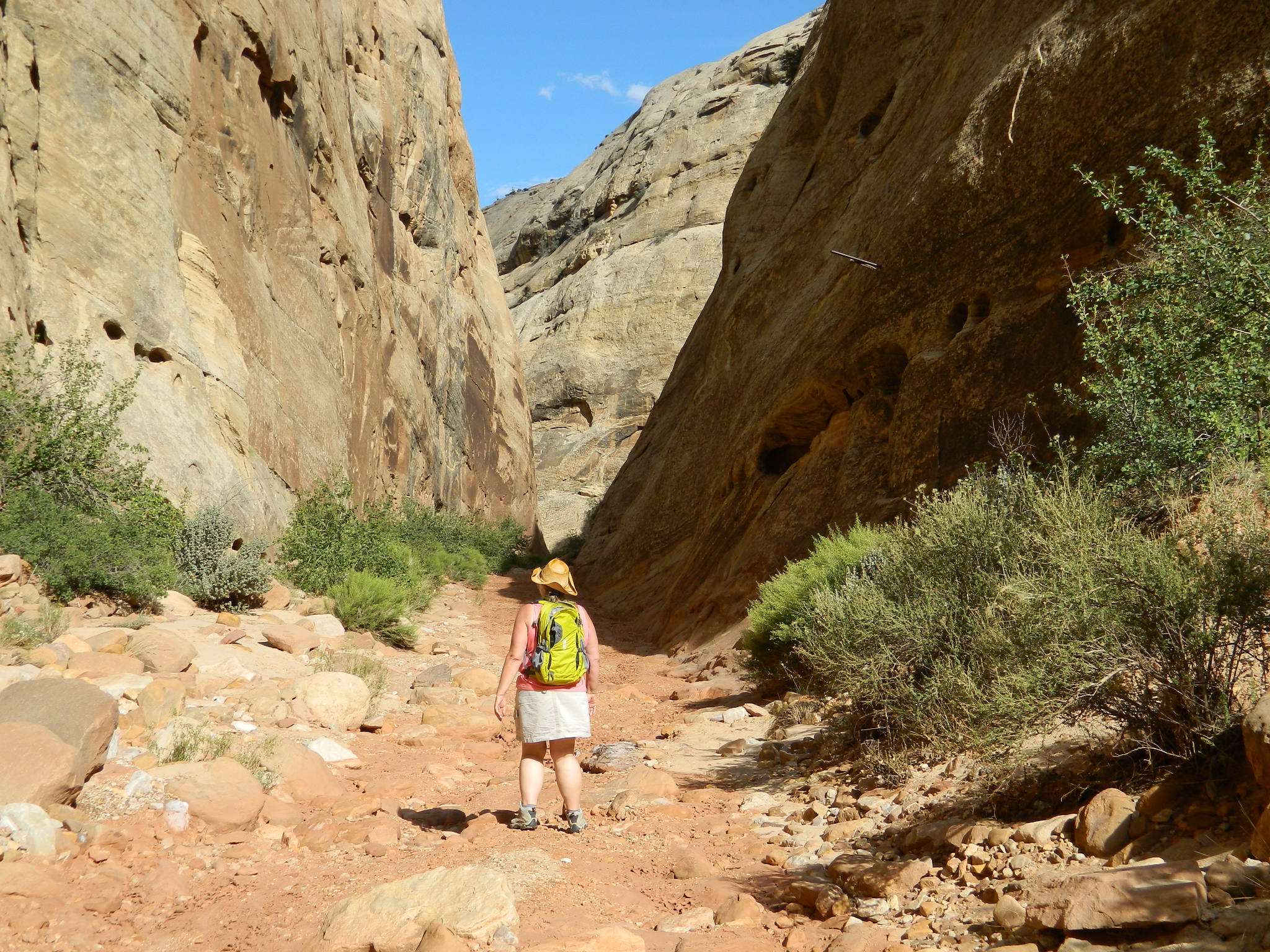
E in skorts
Hiking pants or shorts should be loose enough to be comfortable but fitted enough to not have a lot of excess cloth that can get hung on brush. Yes, shorts, in the right environment, are appropriate hiking wear. Often long pants are preferable due to those bushes and other hazards along the trail. It’s always interesting to get back to Piper and check off the scratches or puncture wounds from brush, not to mention those bug bites that you might not notice at the time. Again, there are many technical clothes out there for hiking and I recommend that you wear lightweight long pants for summer hiking, no matter what the weather is. Many of them also have built in bug repellent in them. Yes, I do also wear convertible pants and if I zip off the legs, they travel with me. You need to consider and weigh all your options when it comes to protecting your legs.
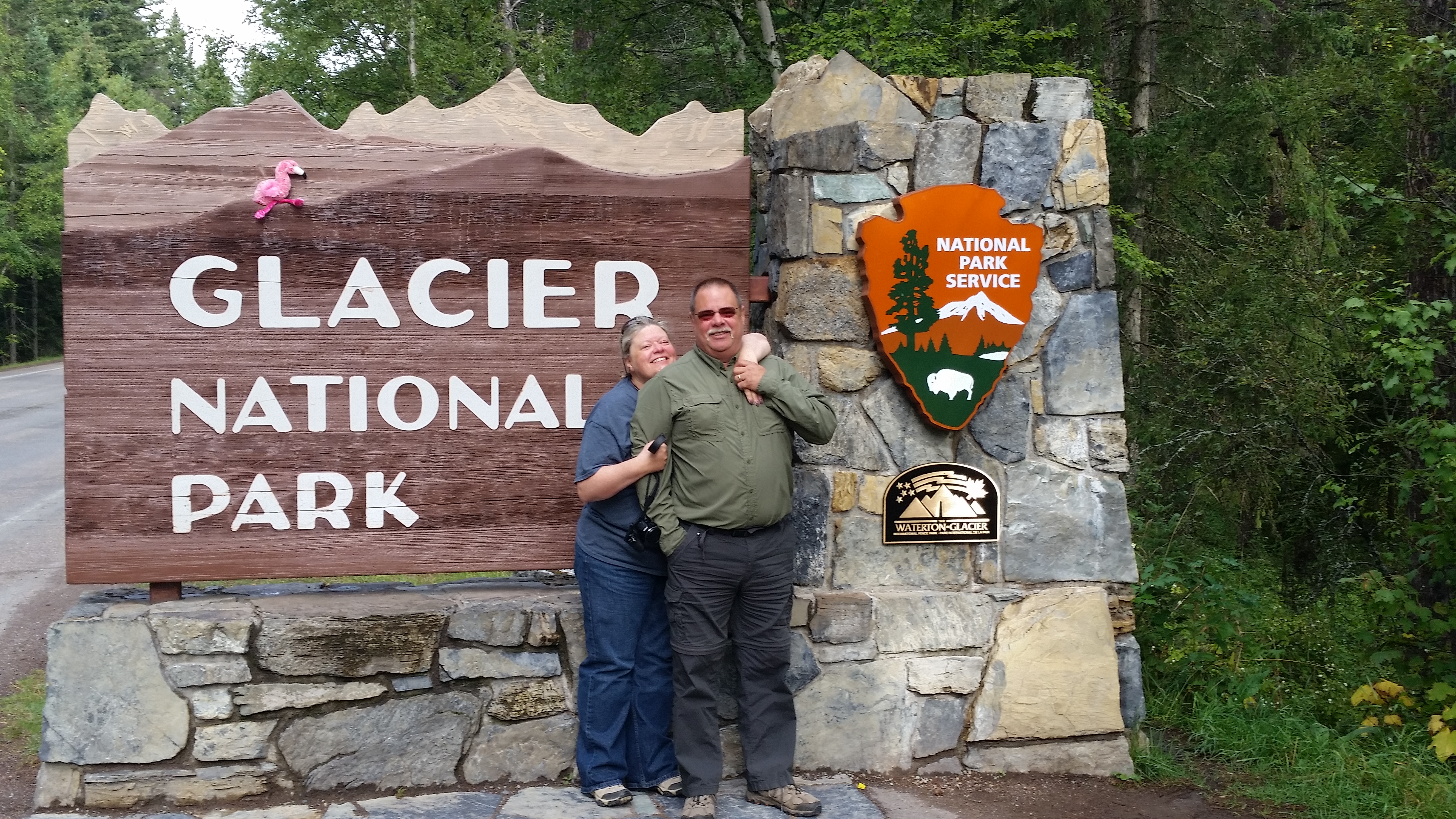
us at the entrance to Glacier in hiking comfort clothes
Shirts; summer time often brings us to hiking in t-shirts or short sleeve shirts. If we are in the desert and the sun is baking, I always wear a technical lightweight long sleeve shirt. I am blessed with darker skin (native American ancestry) but have still been known to burn out there. Long sleeves can also help cool by providing shade for your skin better than short sleeves and the light fabric is always better than a cotton shirt. In cooler weather, layers are the key. I always start with a light sport layer t-shirt and then layer that with a long sleeve shirt and keep going depending on the weather forecast. Just remember to not get overheated even in cool weather.
Hats; We always wear wide brimmed hats when hiking. This saves not only the top of your head from an ugly sunburn (whether you are balding or not, a burn in your hair is always ugly) as well as protecting your neck, face and eyes from those strong summer rays. Remember also that even if it is cool at high altitude the sun’s rays will burn you. We spent a day fishing in the high country near Durango Colorado one year and got one of the worst sunburns ever on a 70 degree day. I also hike with a lightweight scarf around my neck. This is great for soaking up that sweat but also provides protection for my neck.
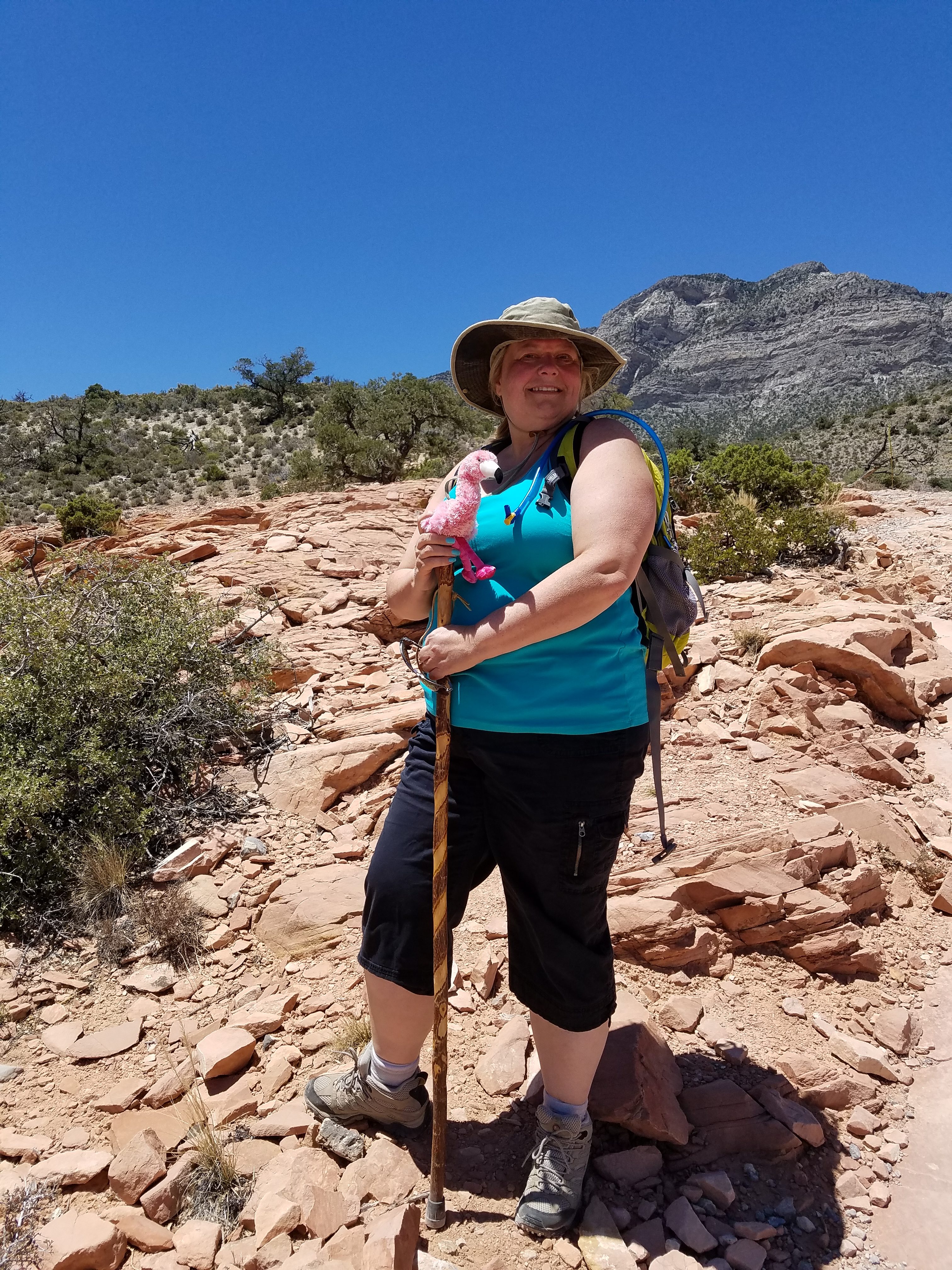
E taking a rest, good shoes, hat, clothes, walking stick and day pack on a back country hike in Red Rock NCA.
A good walking stick or trekking poles are suggested by us. E used to laugh because I always have one. She then discovered why on a back country trek in Prescott Arizona where she promptly got one of her own. Can you say balance and support?
Sunscreen; Nuff said…use it even on overcast days as the sun’s rays can be concentrated through the moisture in the clouds. I have always been a fan of naturally tanning skin but those burns suck. Speaking of sunscreen, I soaked E in it in the photo above.
Water; Yeah, we see you young kids out for that hike with your small bottle of water. How many stories do you hear of people having heat exhaustion or tiring quickly due to lack of hydration? I hear a lot of them. We carry pack borne water, 3 liters worth or more. This can be used for drinking and for cooling. I recall a day when we were riding our motorcycles through a very hot canyon and we would take turns riding in front of each other and spraying a little water to hit the other rider to get some relief. I also recall a 110 degree plus day in the Valley of Fire state Park where there was little shade and almost not enough water.
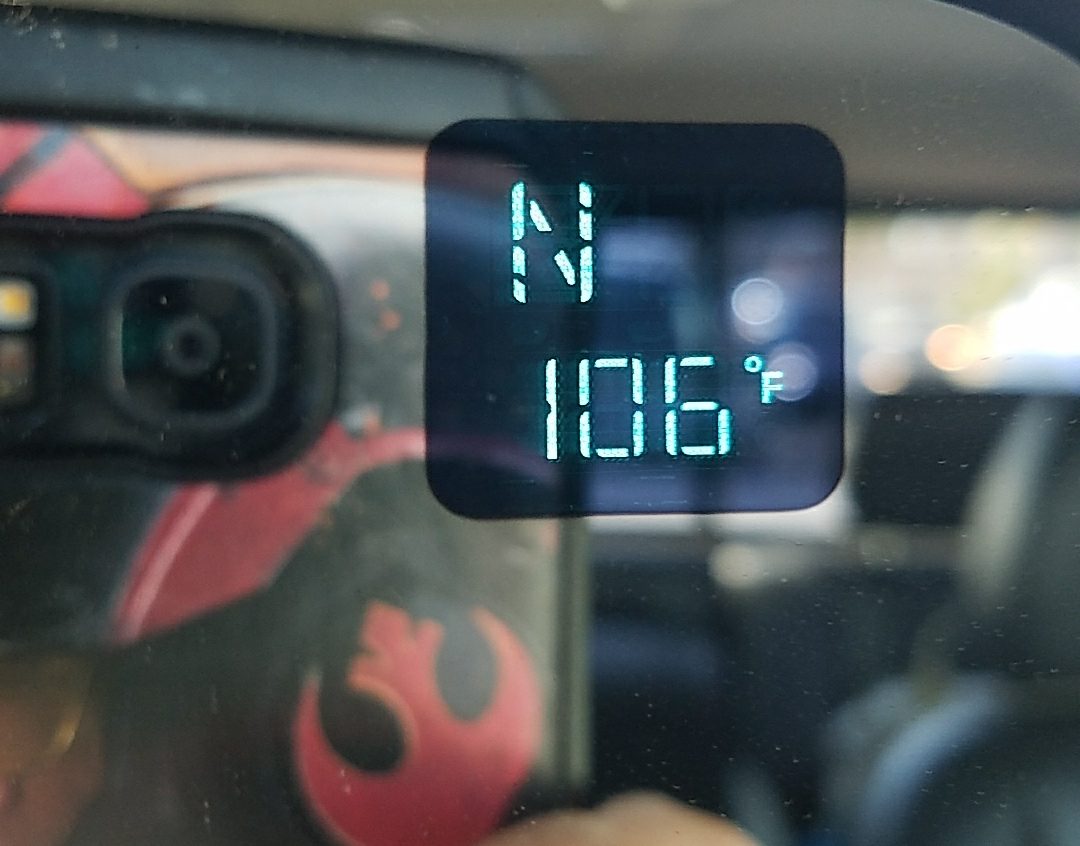
106 degrees at 106 pm
Food; You should always carry some kind of snack for energy and survival just in case the unthinkable happens and you become disabled or injured on a back trail. Besides, sometimes it’s just nice to sit at that beautiful overlook with your sweetie and have an impromptu pic-nic and enjoy the moment.
I know that the word count on this has been large so I will leave you with a list of my gear for every hike over a mile in any terrain and my favorite clothing.
The Bigfokkerdog gear list:
Shoes; Merrill Moab hikers. these mid hikers are light, comfortable and breathable with a good traction sole. The footbed gives great support and the sock top keeps out that sand and debris. Redhead 14 inch hunting boots from Bass Pro Shops. 250 grams of Thinsulate and Gore-Tex lining with good traction. Keen hiking sandals. They have a great footbed, wide toe box, sock top and dry very quickly after getting wet.
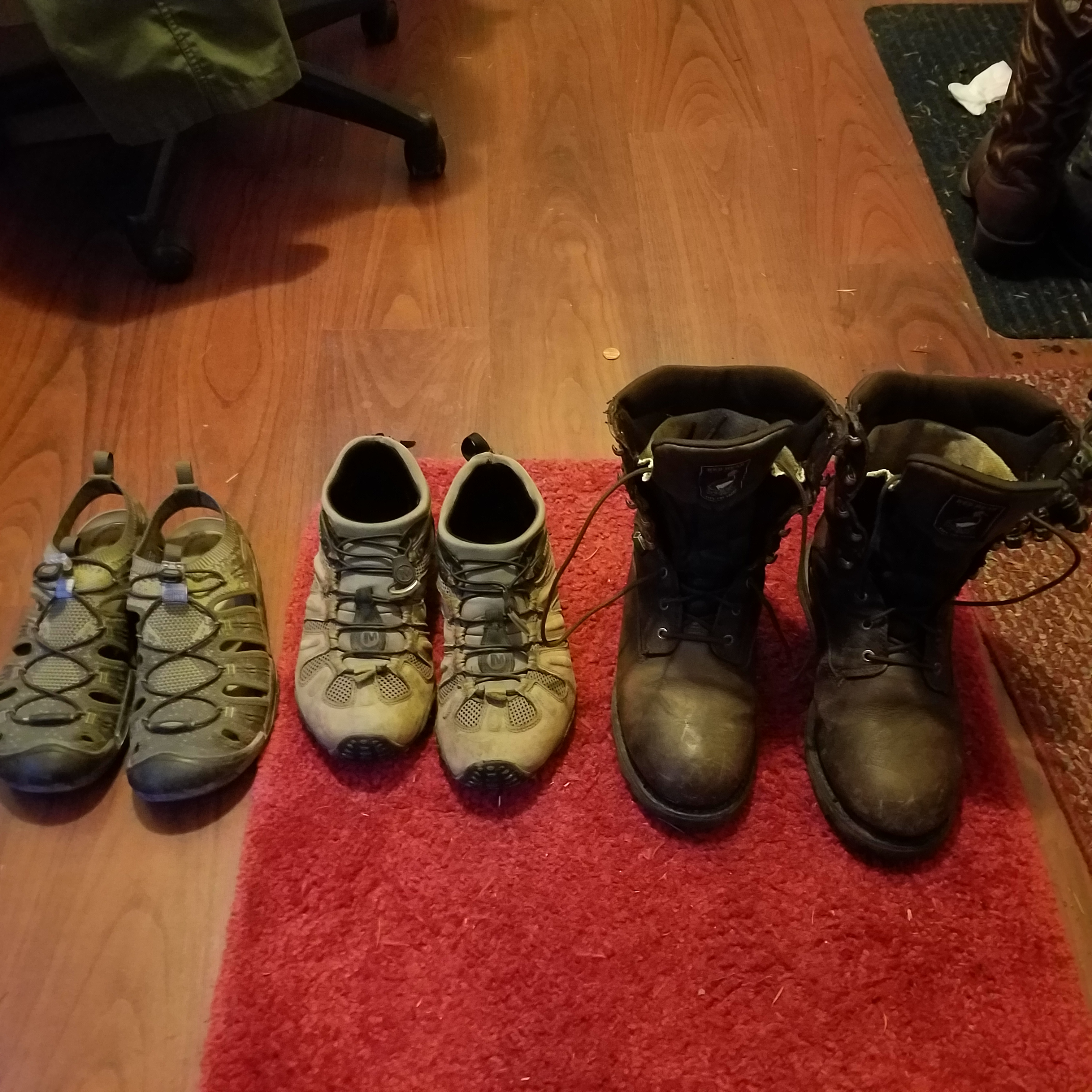
keen sandals, Merrill Moabs and Redhead boots
Pants; I have numerous convertible (zip off) pants in light and mid weight for summer and fall hiking. They are all either light enough to dry quickly or semi water repellent.
Shirts; I start with Under Armour technical weight under shirts in both long and short sleeve, depending on the weather. I prefer any of the technical weight long sleeve shirts for hiking both in desert and mountainous terrain. There are so many good shirts available out there through fishing and hiking suppliers that you should get what is comfortable for you.
My hats; I have a wide brim ventilated crusher hat in tan for desert climes as well as a couple of ventilated ball caps that travel with me. Even for more urbane outings, I have a nice straw wide brimmed loose woven hat.

My straw hat and Under Armour shirt
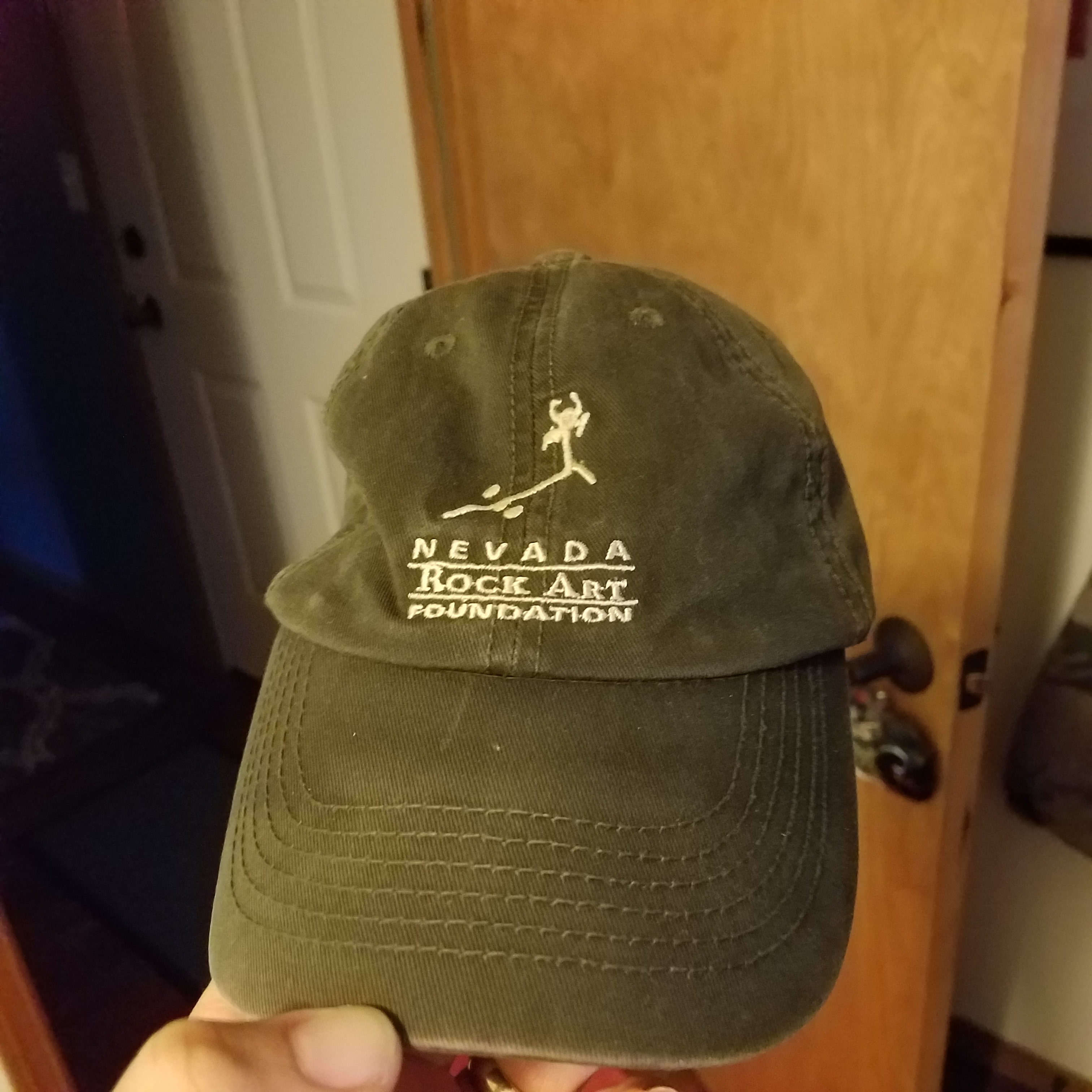
a favorite ball cap from Reno
My water pack; We both carry water packs by Camelback. Mine was issued during my last year in the Army. It has a 3.5 liter bladder along with other carrying capability. In the desert, I’ll actually put ice in the bladder when filling it for the outing just because I like cool water but it also helps with keeping my trail mix and other snacks from melting right away. In that pack I carry high energy trail mix as well as protein bars and occasionally will put in a sandwich and apple if we plan on lunching on the trail. I also make sure that I keep some of those snacks in reserve just in case something goes wrong. In that vein, I carry a first aid kit, 2 space blankets, a couple of chemical lights, a small flashlight, waterproof matches with tinder, some duct tape and a compass. Yes, I know, everyone has a smart phone of some sort with a mapping program. There is often no Cell or data service in many of the parks. even if you download the area maps, you need to know where you are and where you are going. Batteries die but a good inexpensive compass is a comfort in my pack.
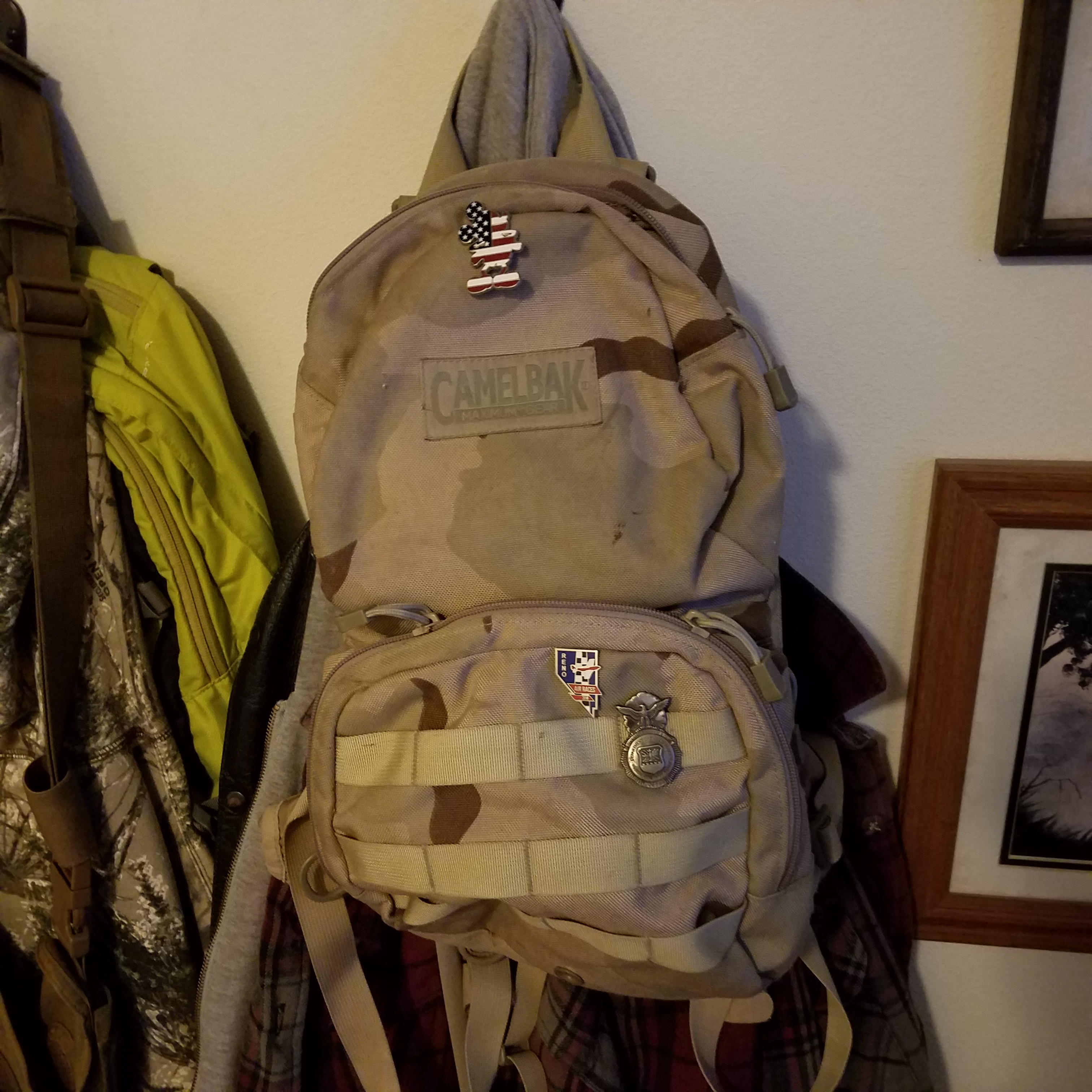
my trusty Camelback pack in need of a wash after the season
First aid; Not just the usual band-aids but I also include a tourniquet, a couple of tampons, a couple of maxi-pads, a needle and thread, superglue, iodine, triple antibiotic ointment, burn gel, acetaminophen, ibuprofen and my daily pills. Some insight; There is no better bandage for heavier bleeding than a maxi-pad, a tampon is great for nose bleeds or a heavy penetrating wound, needle and thread are always useful and superglue can be used to hold lacerations together to stop bleeding. The space blankets are small and light weight and are just a prudent thing to carry. The lights are for those times you get caught out by the time and wind up out overnight or just returning up a trail after dark. If you are on the beach (we go razor clamming here), I have found that activating a chemical light and tying it to the top of your radio antenna helps make finding the black truck easier after dark.
I also never go anywhere without a knife of some sort. I have a leatherman tool as well as a number of good folding knives. I also always carry a good bush craft fixed blade knife on all hikes. You don’t need a Rambo knife, just a good full tang sheath knife that will hold up to light chopping and heavy cutting.
I know, gentle reader, that this has probably gone on too long but this is just the tip of the iceberg when it comes to being prepared. This is just a beginning if we were going on serious forays into the back country and I will leave that to other writers. To some this list and these suggestions may seem like overkill but we have never had a serious incident occur from being properly prepared and have had a couple bad experiences from being ill prepared.
In everything, be safe out there and come home to tell your own stories.
See you out there,
BFD
As always, please leave a comment and let me know what you think.
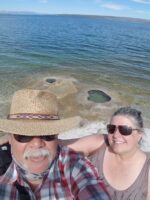
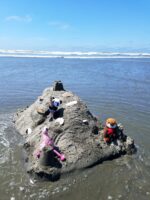
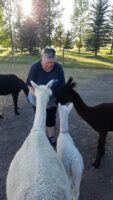
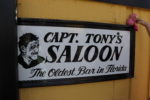
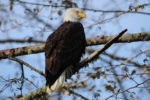
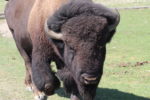



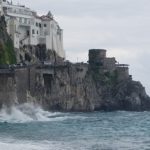
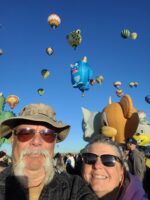
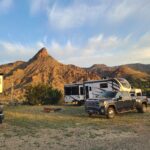
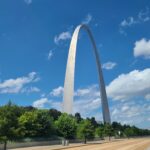
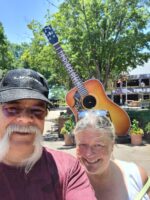

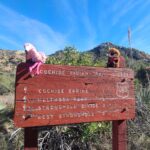

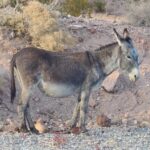


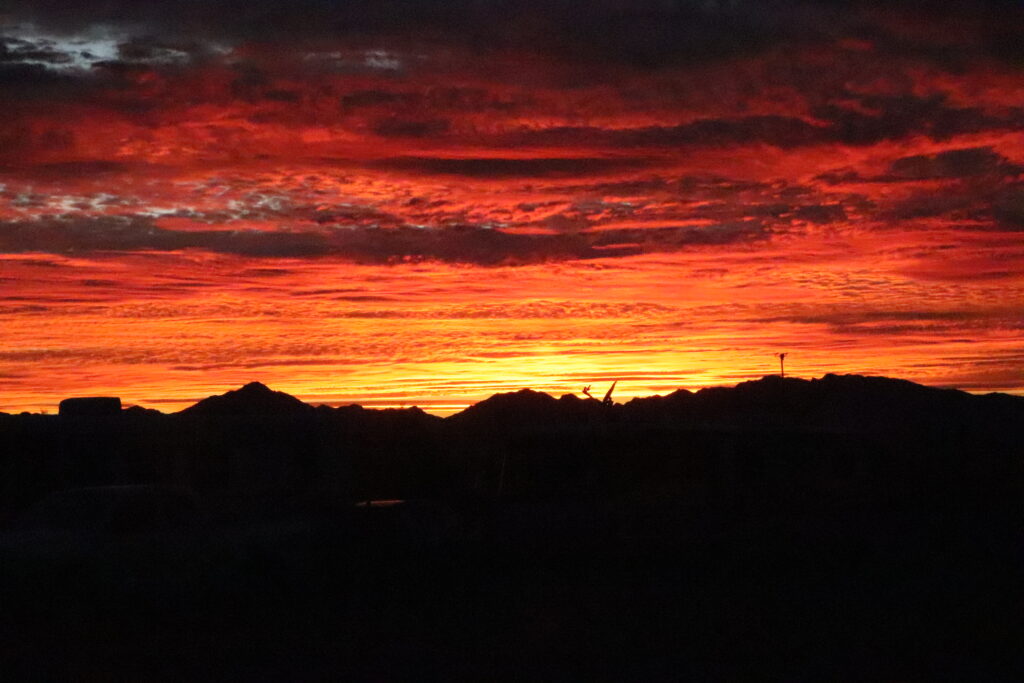
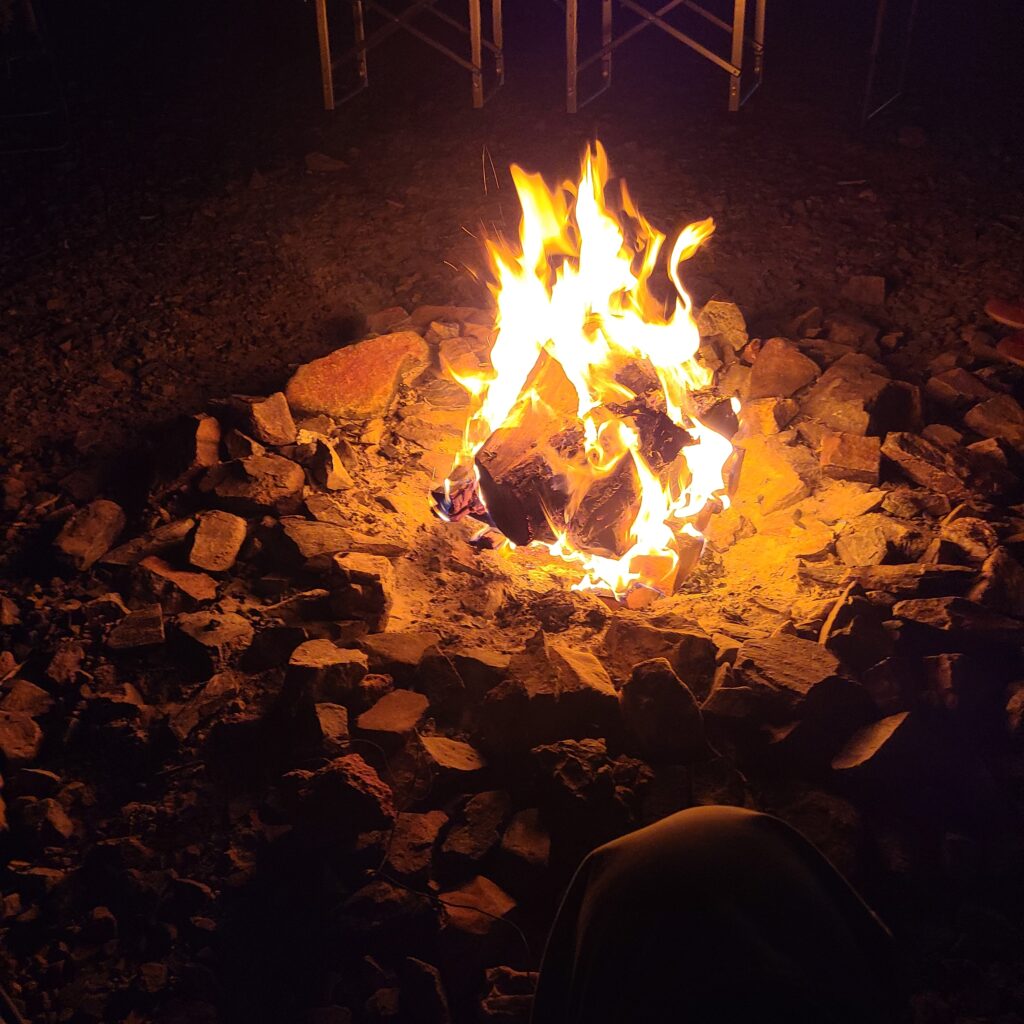
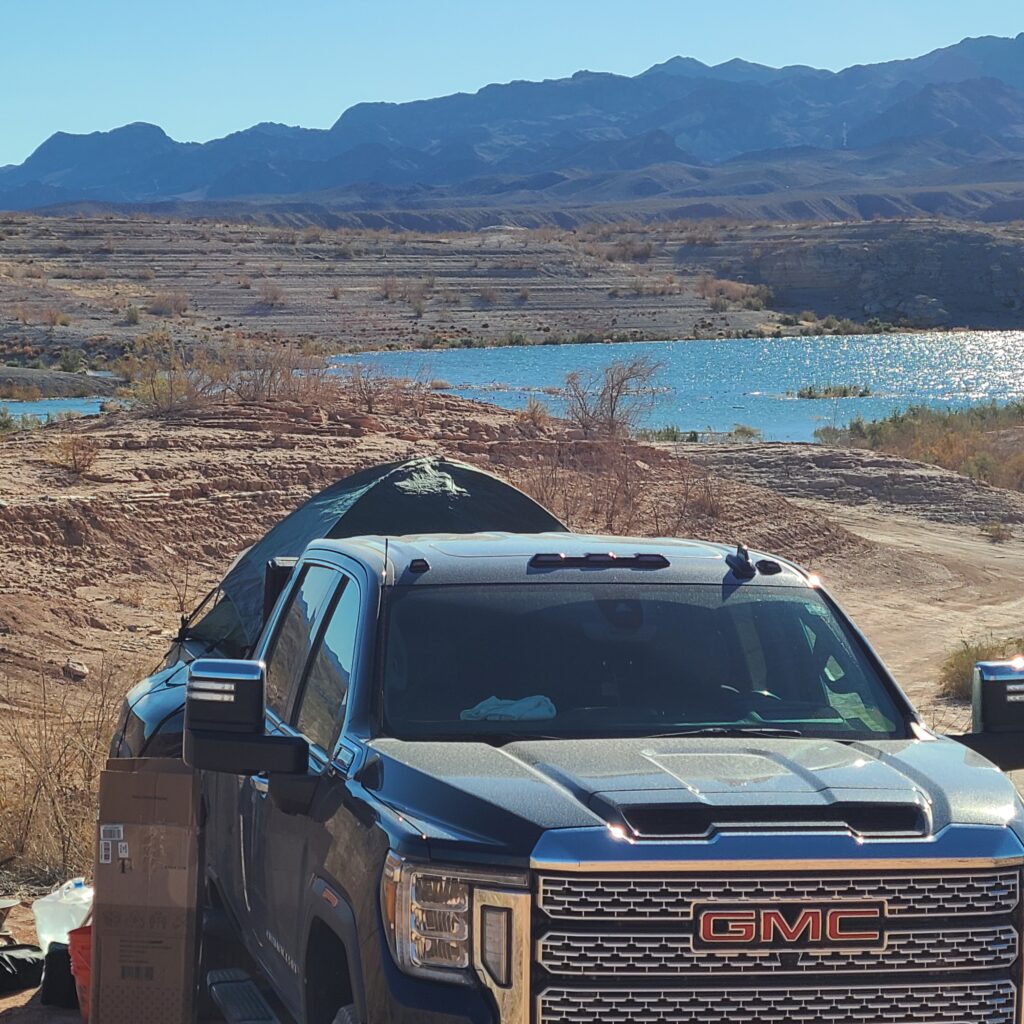
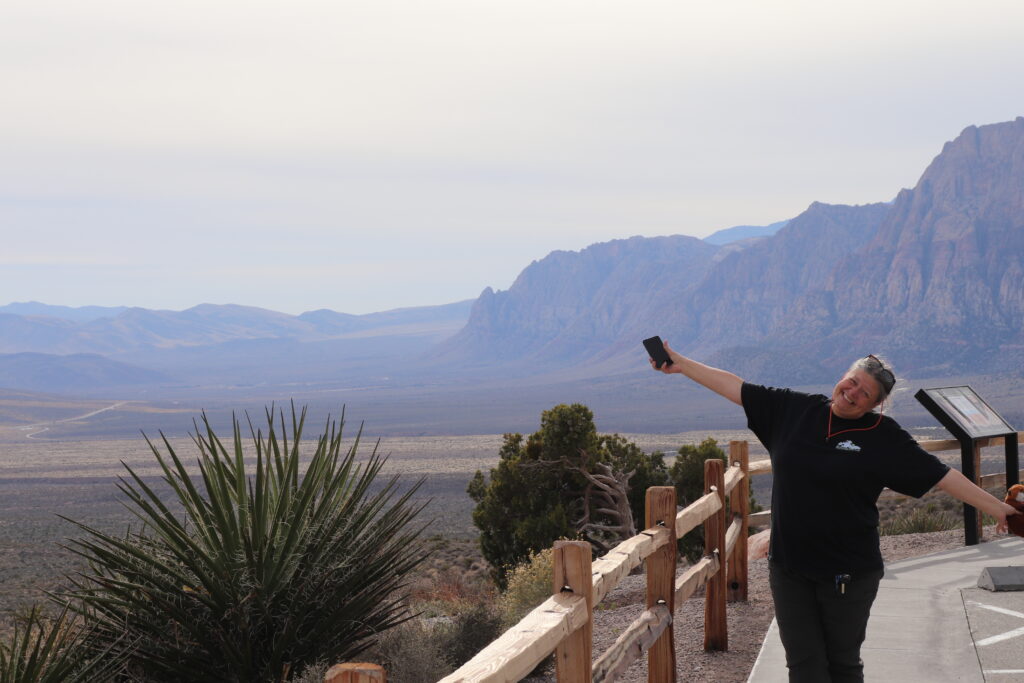
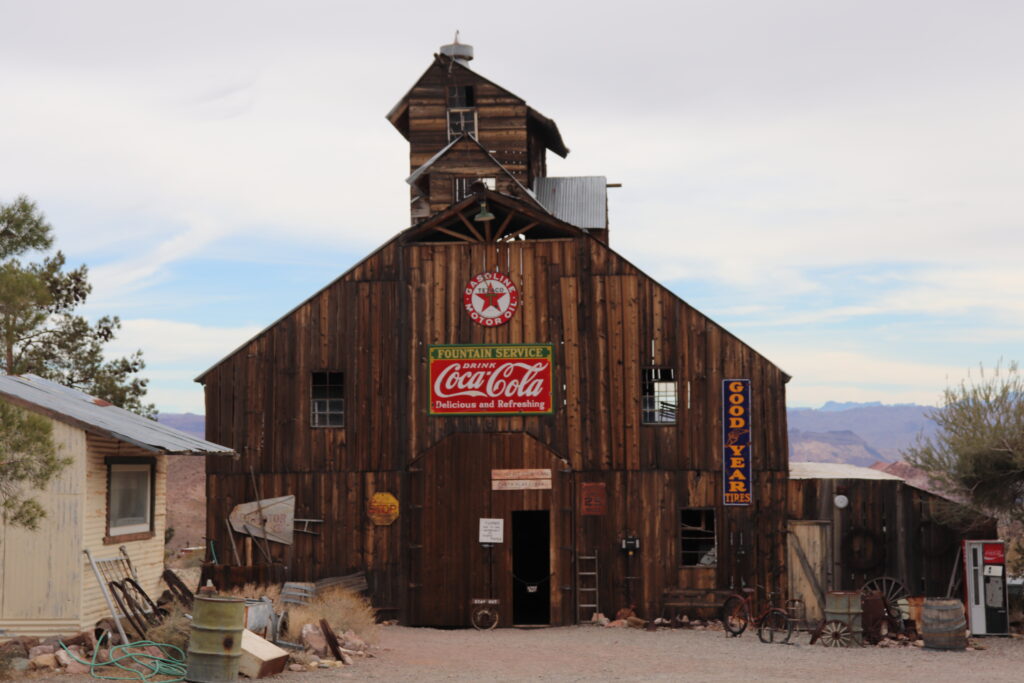
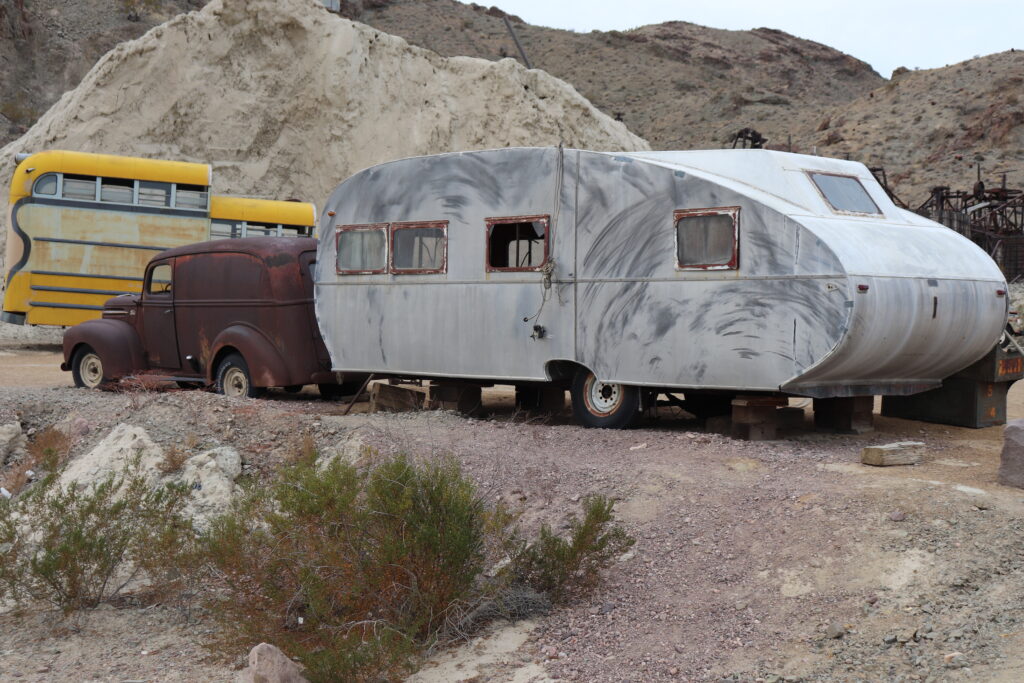
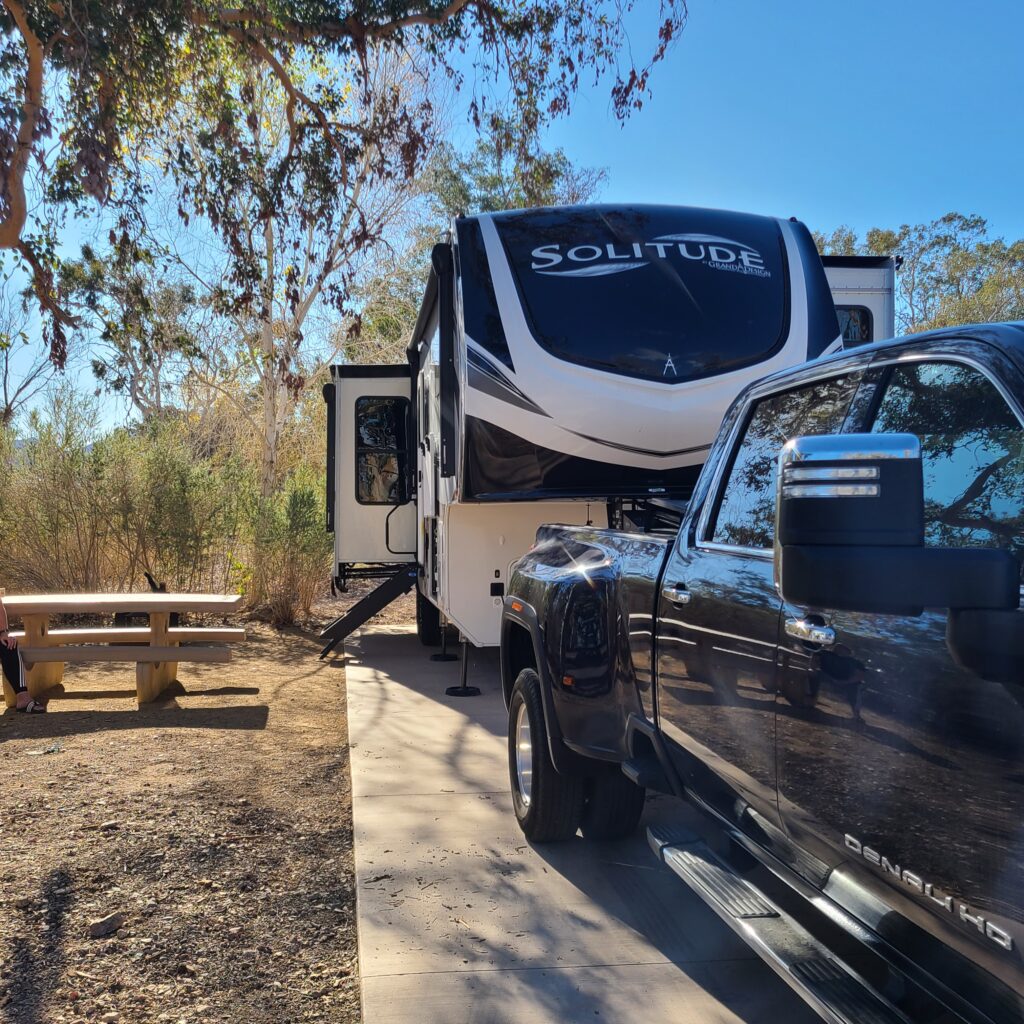
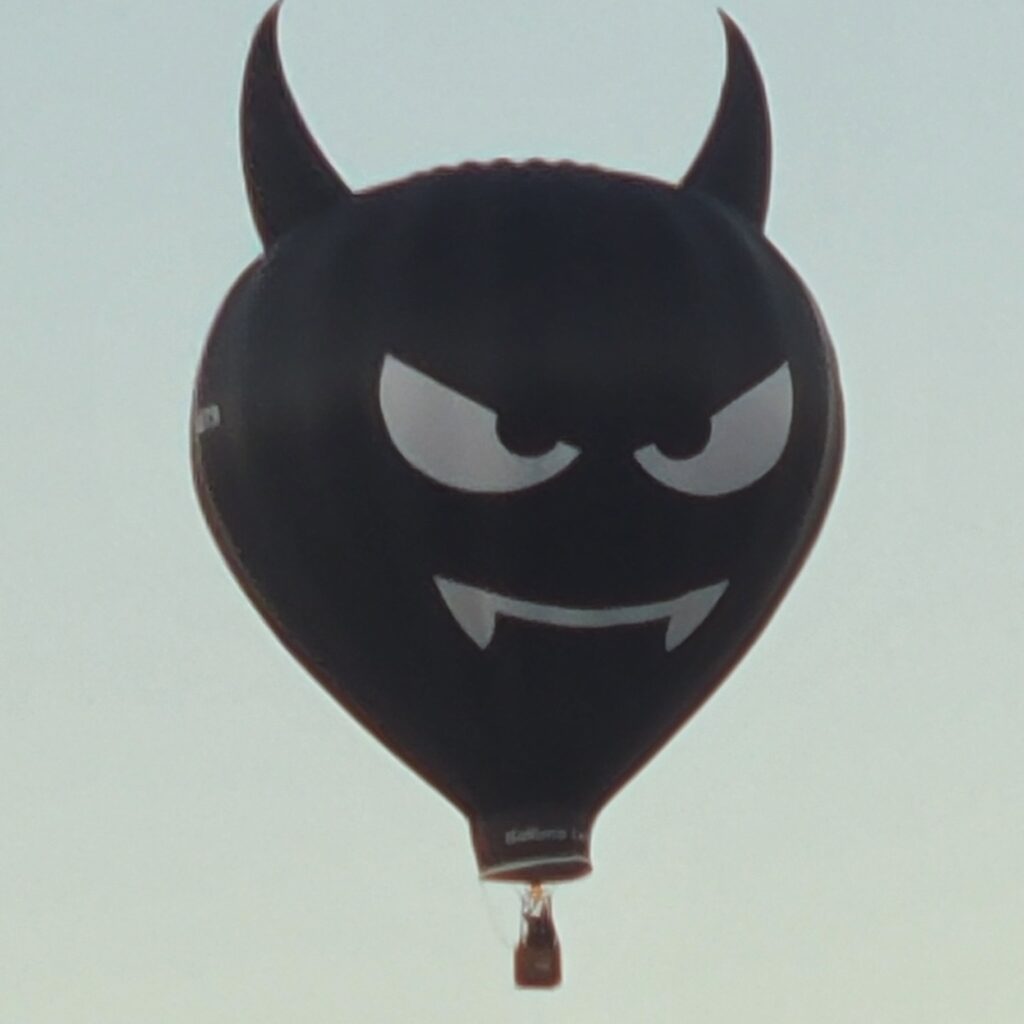
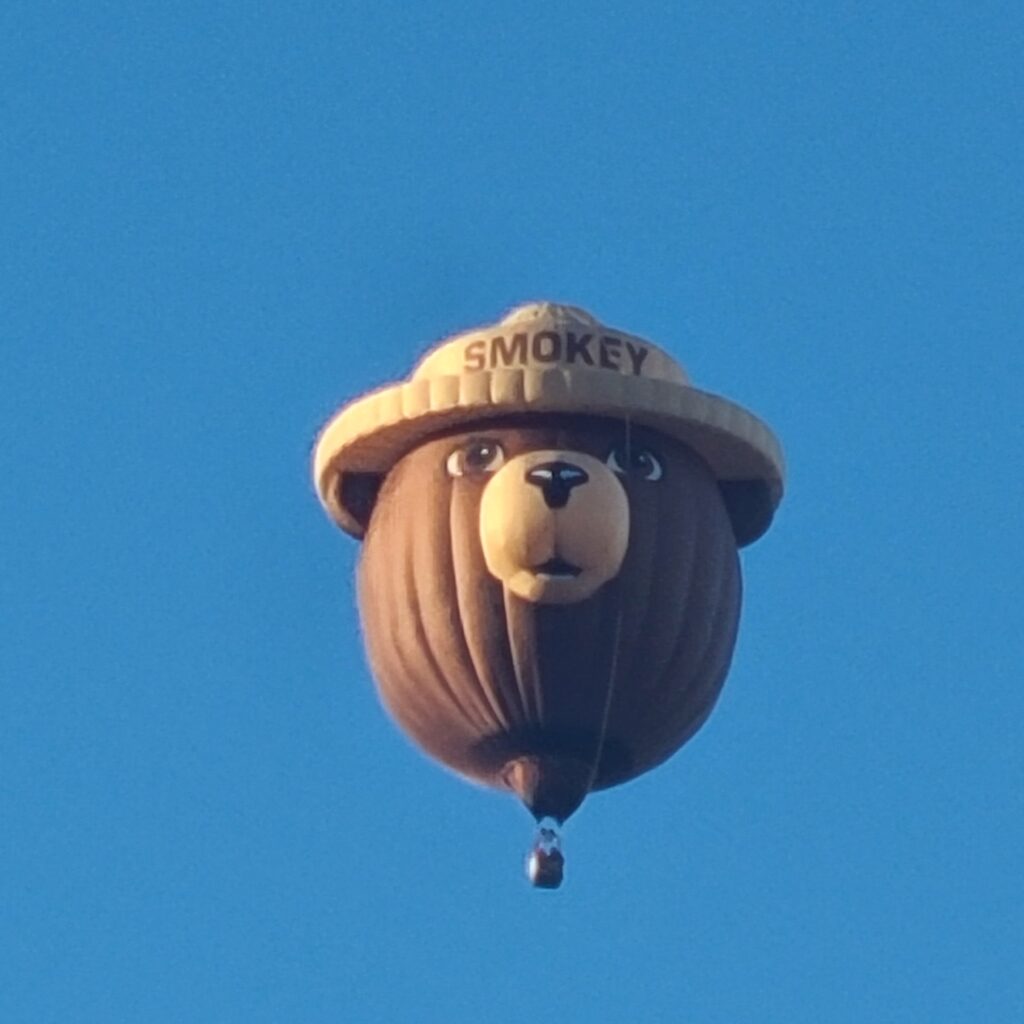
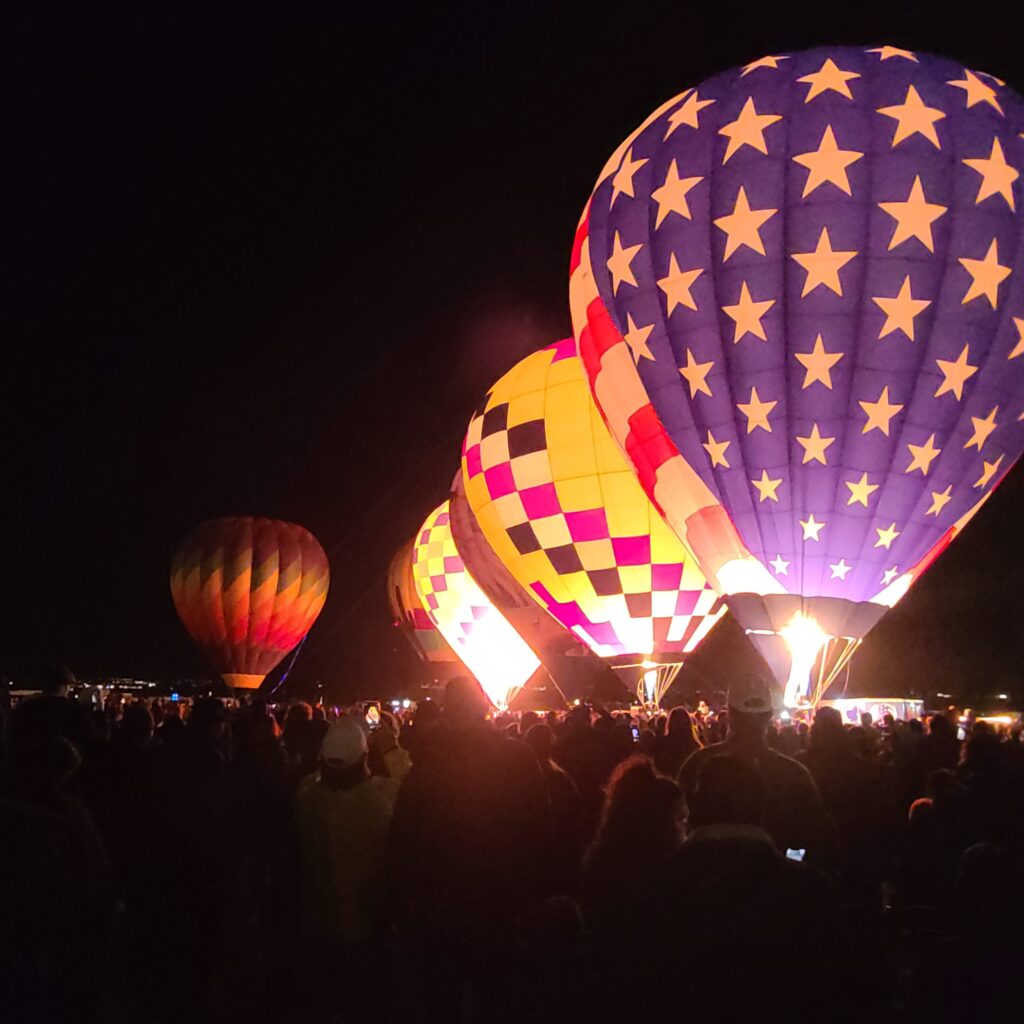
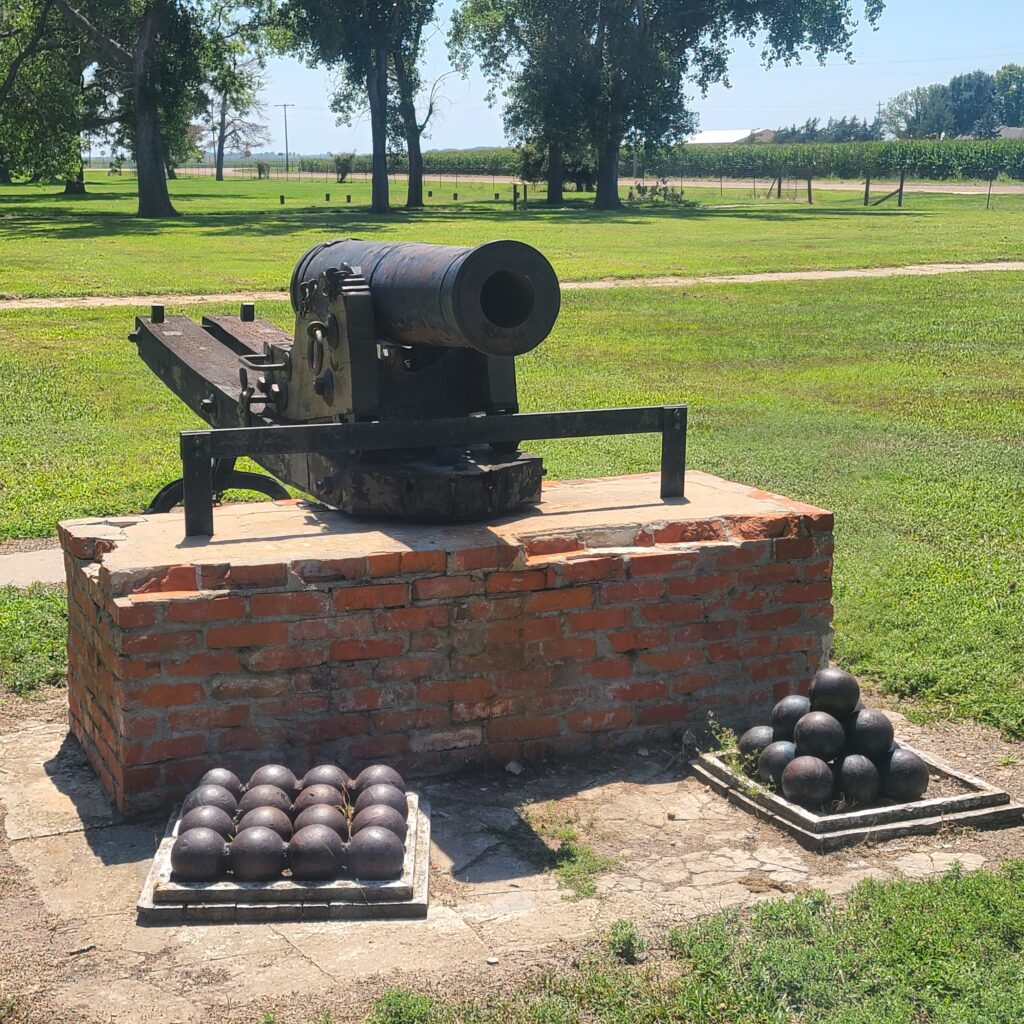

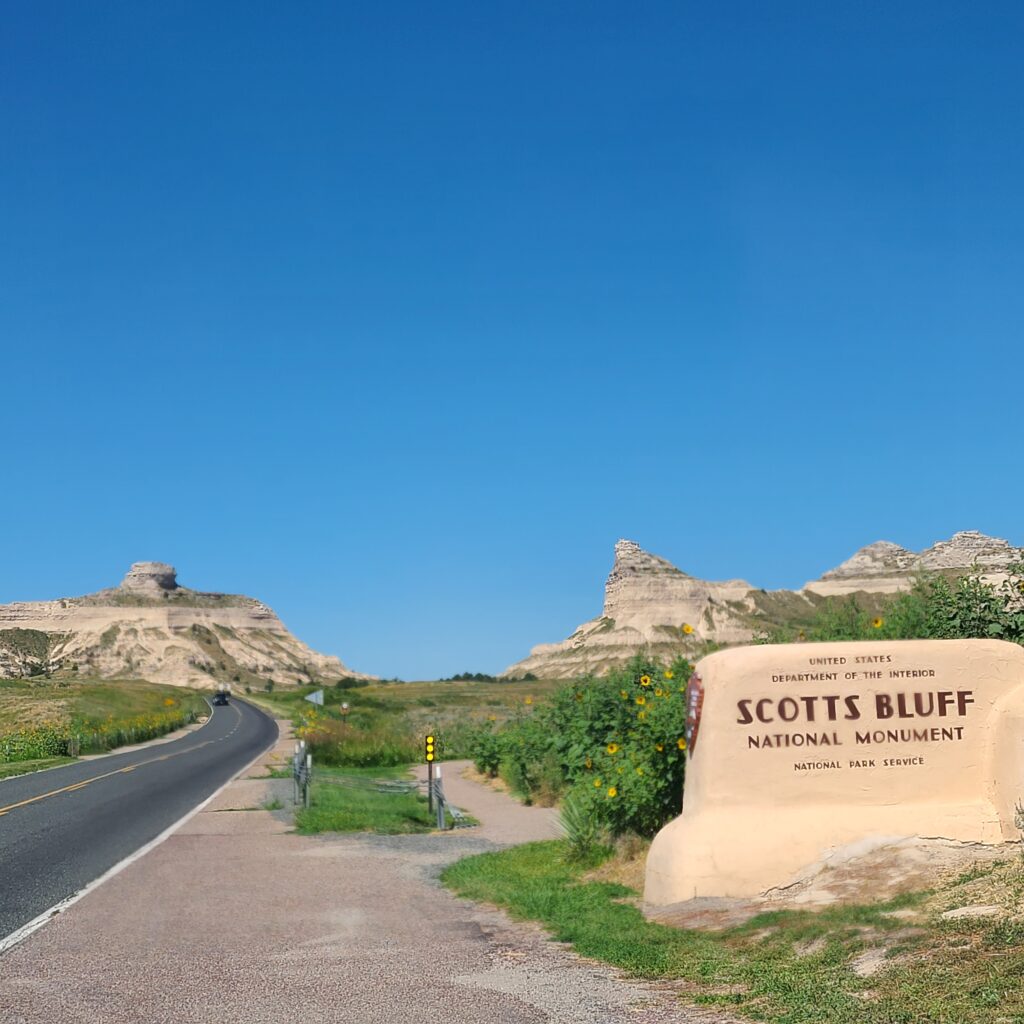
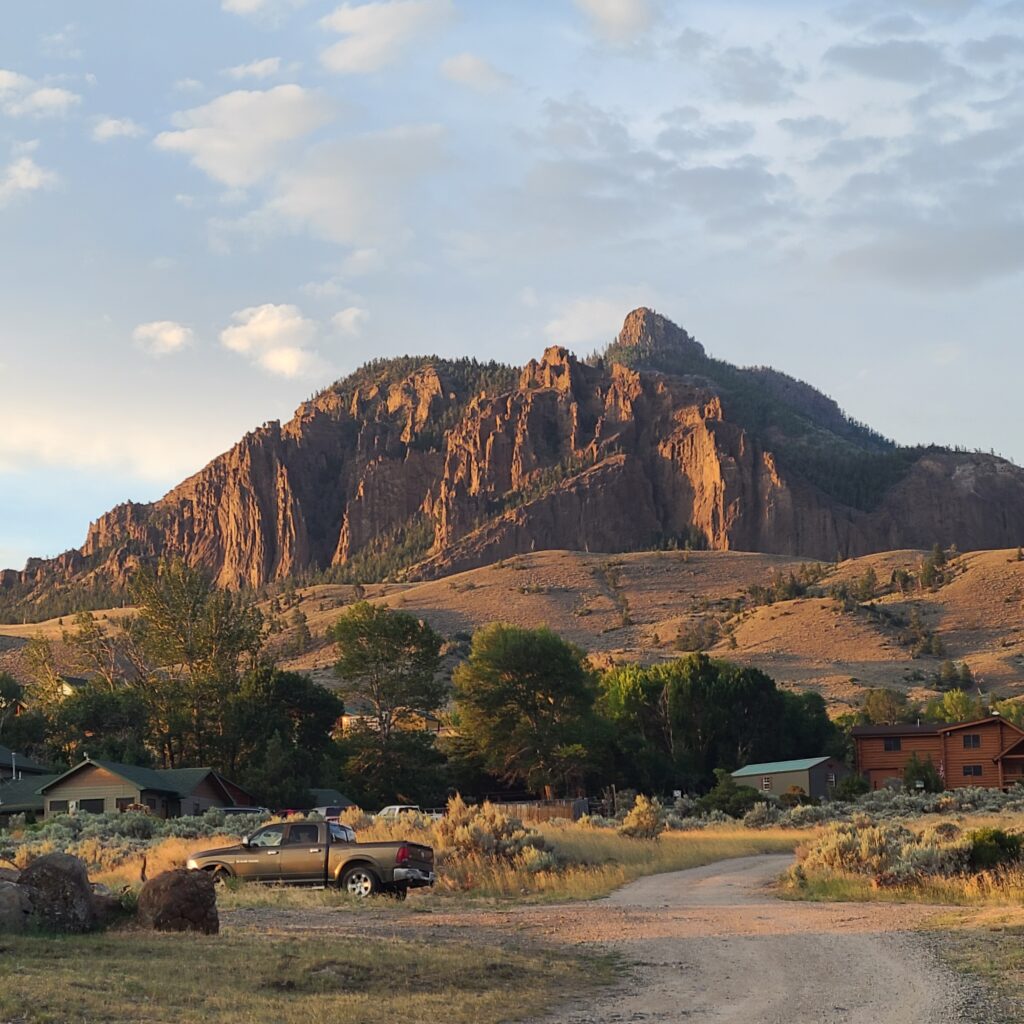
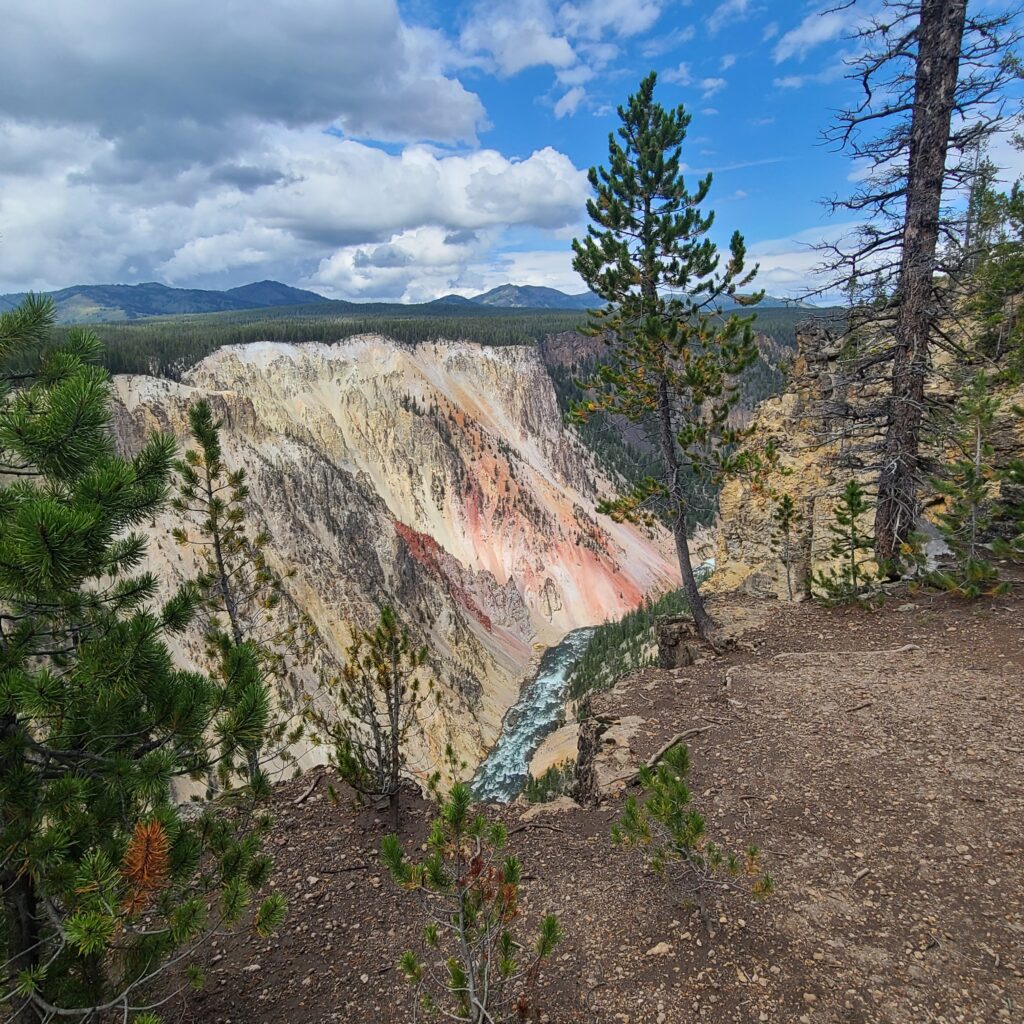
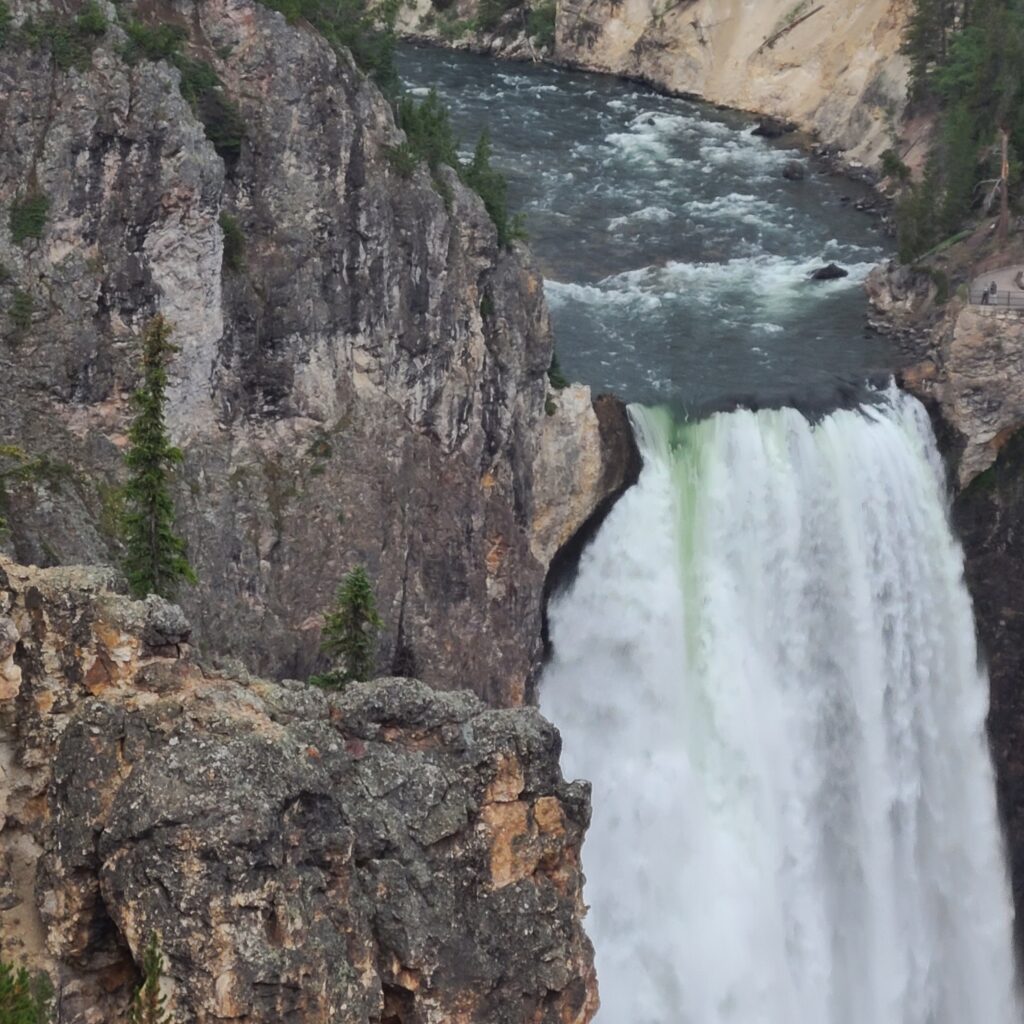
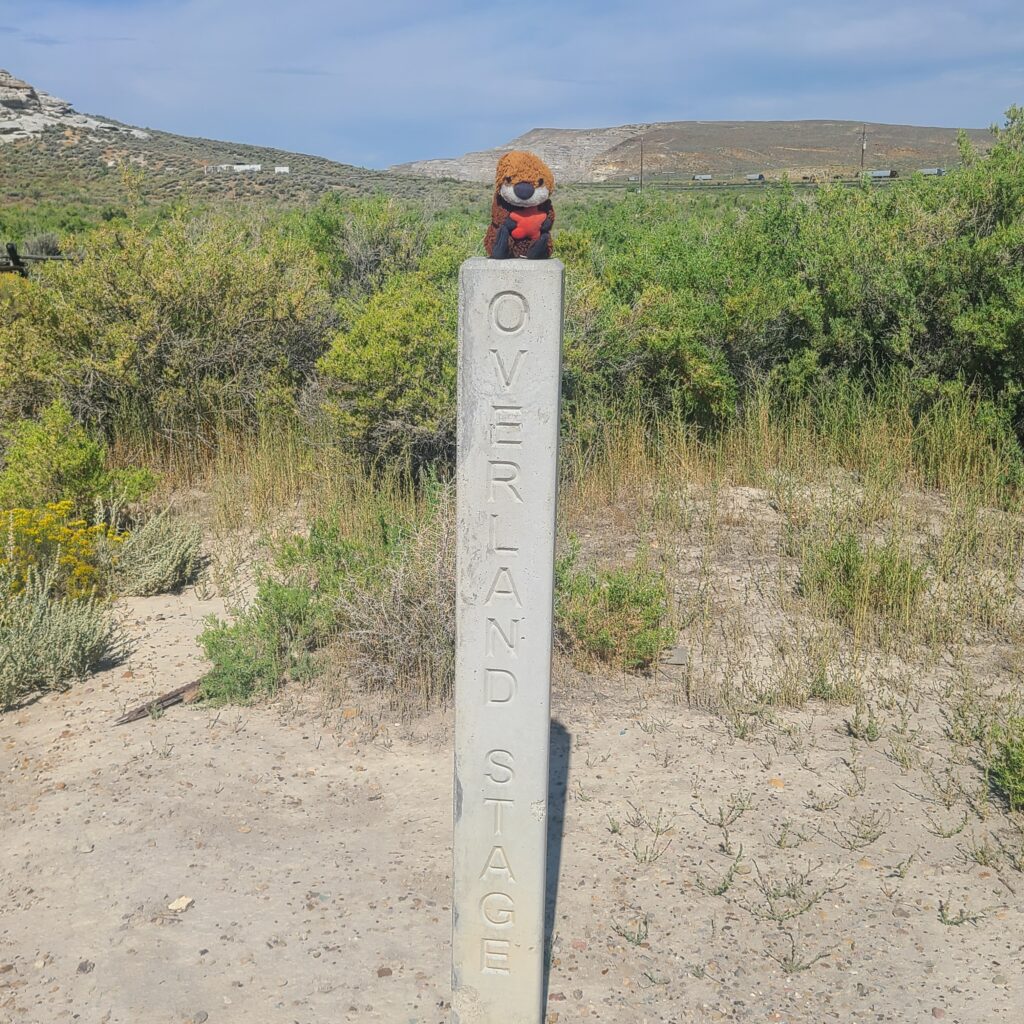
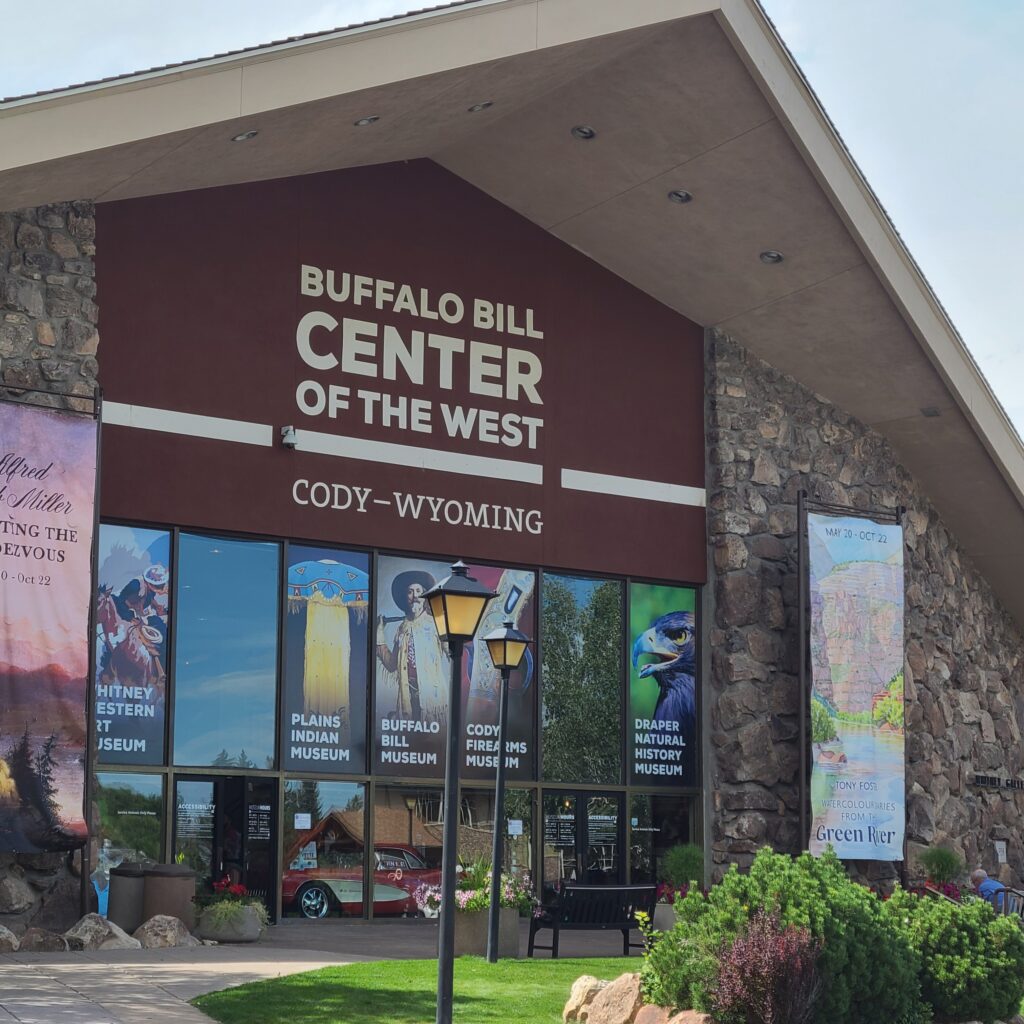
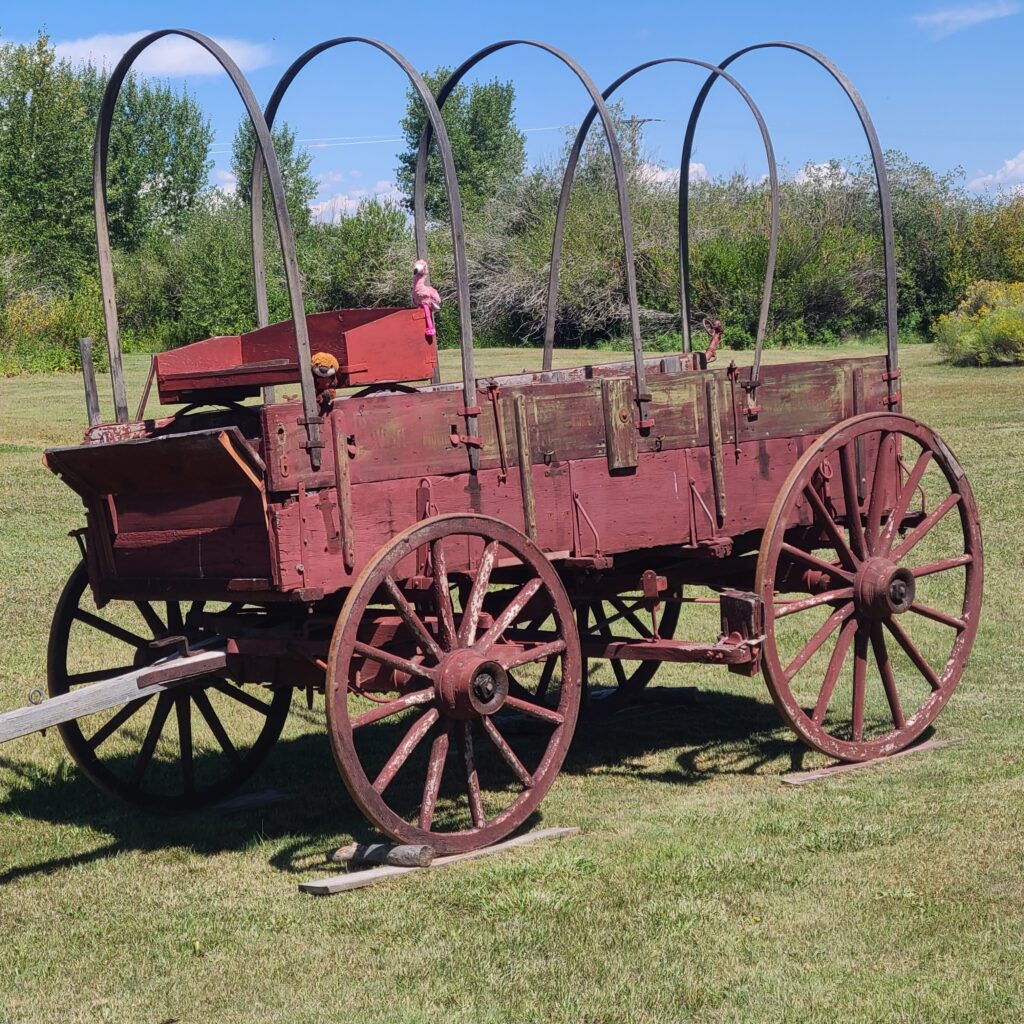
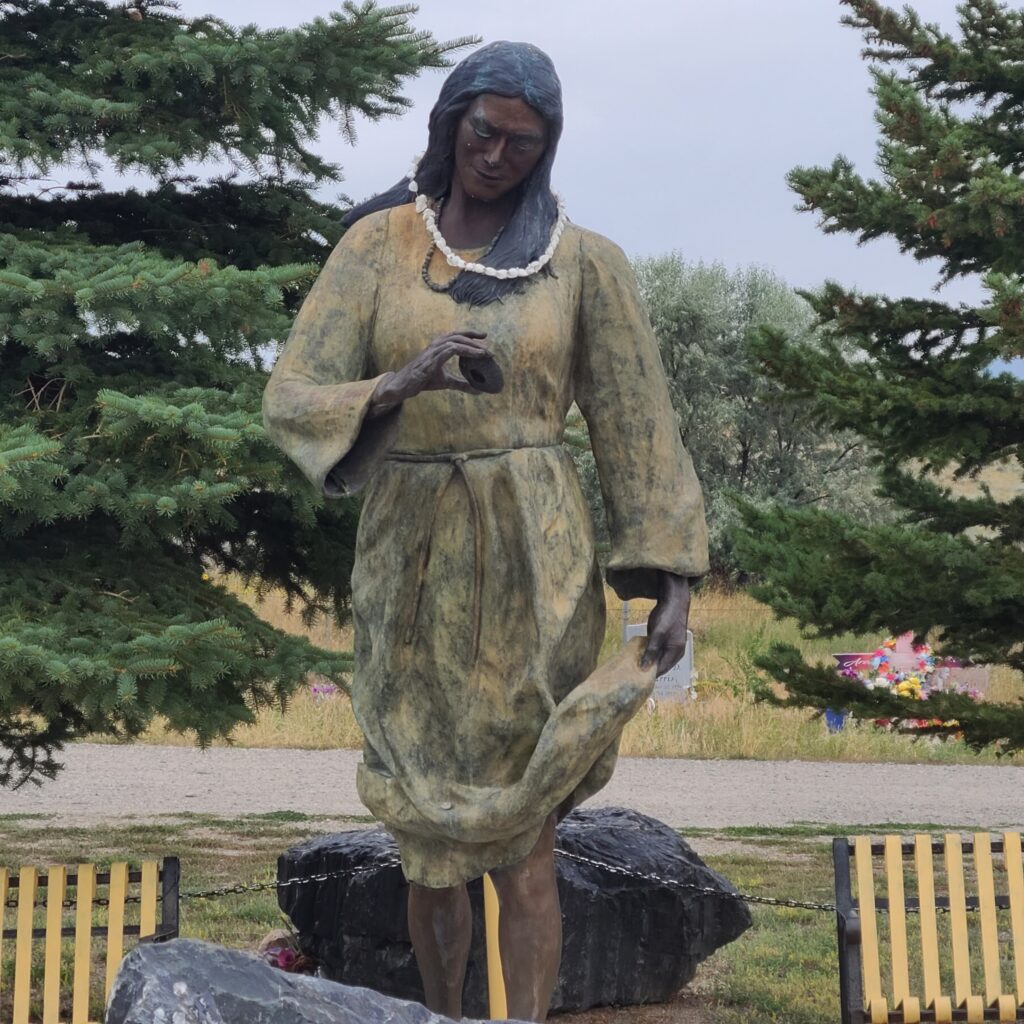
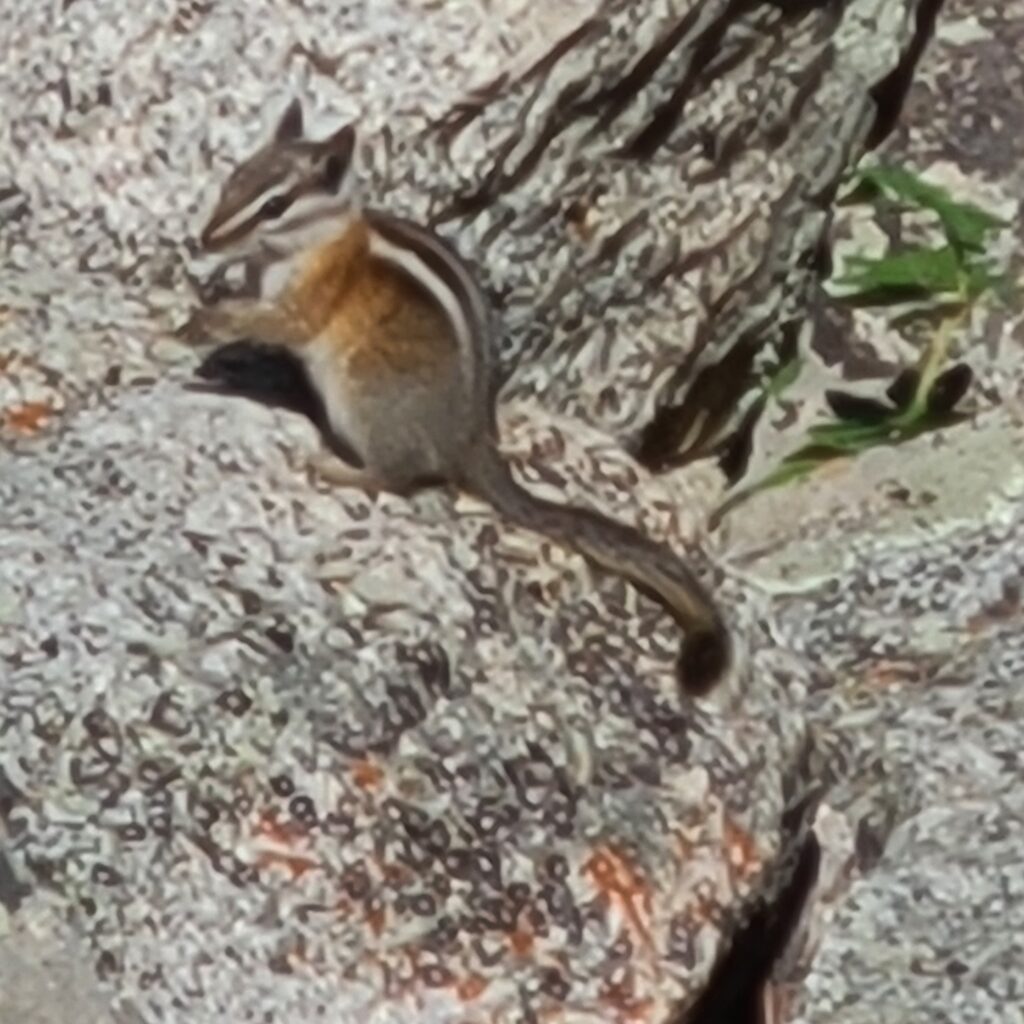
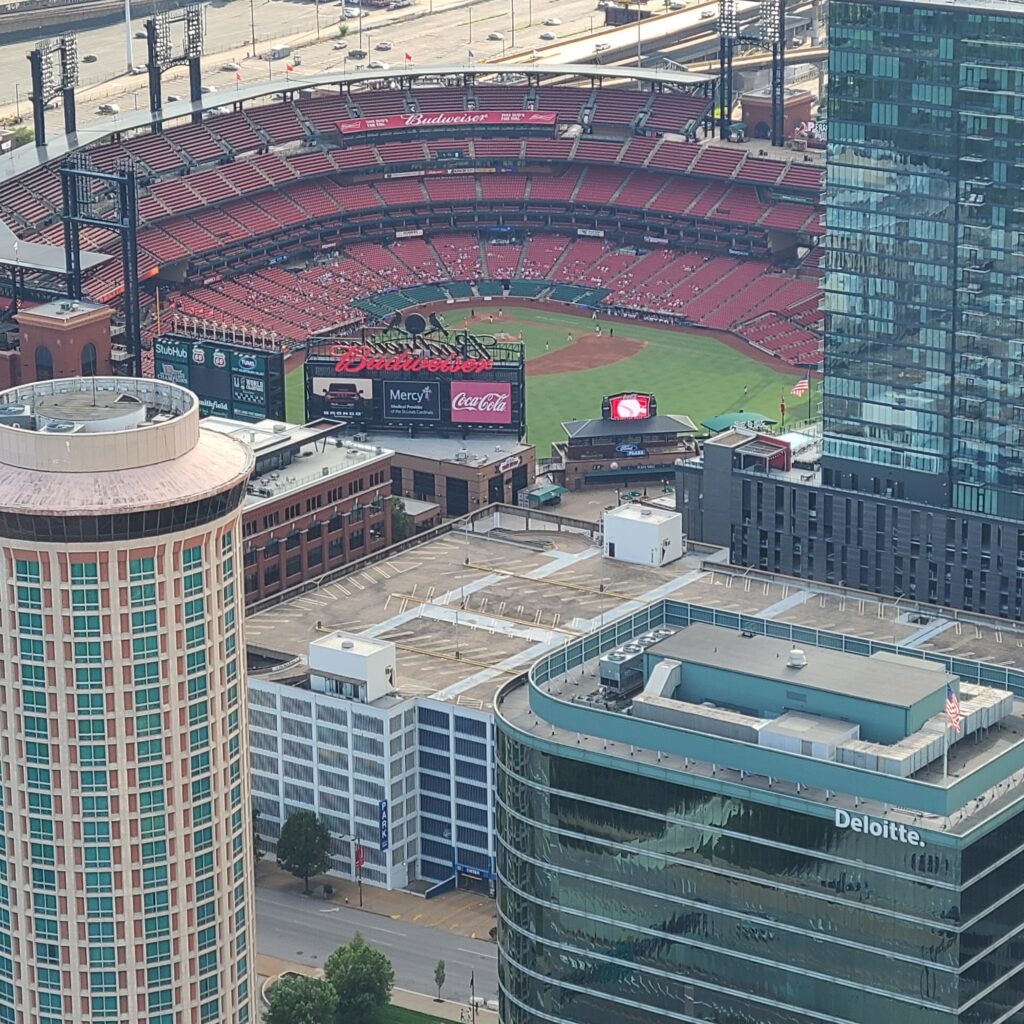
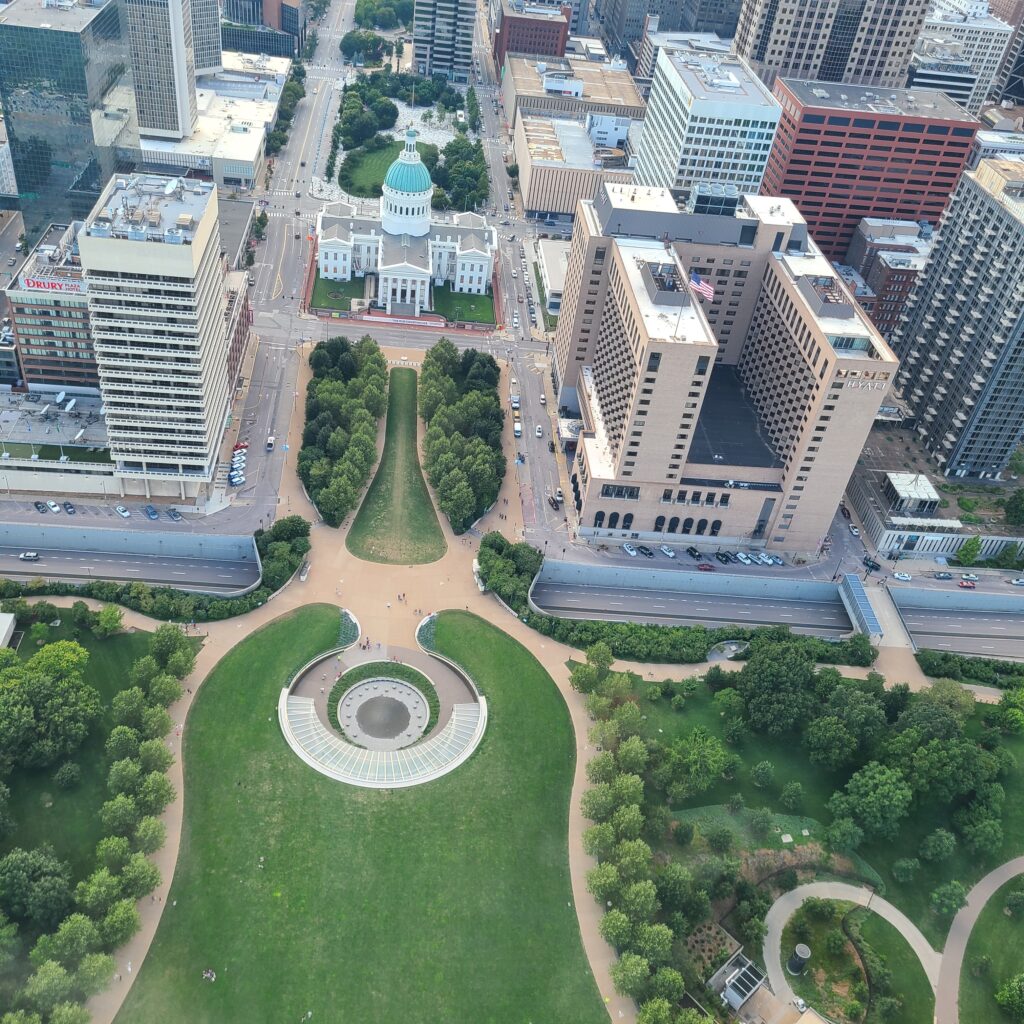
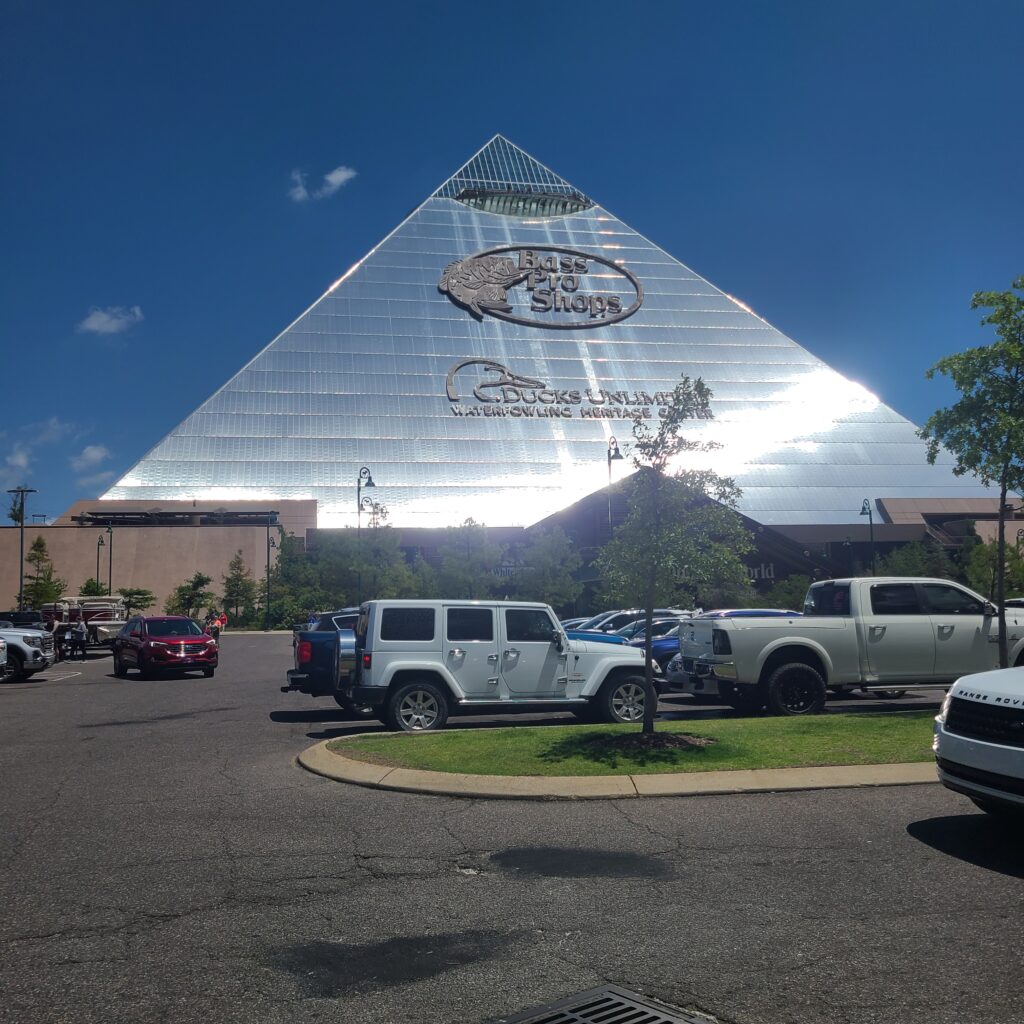

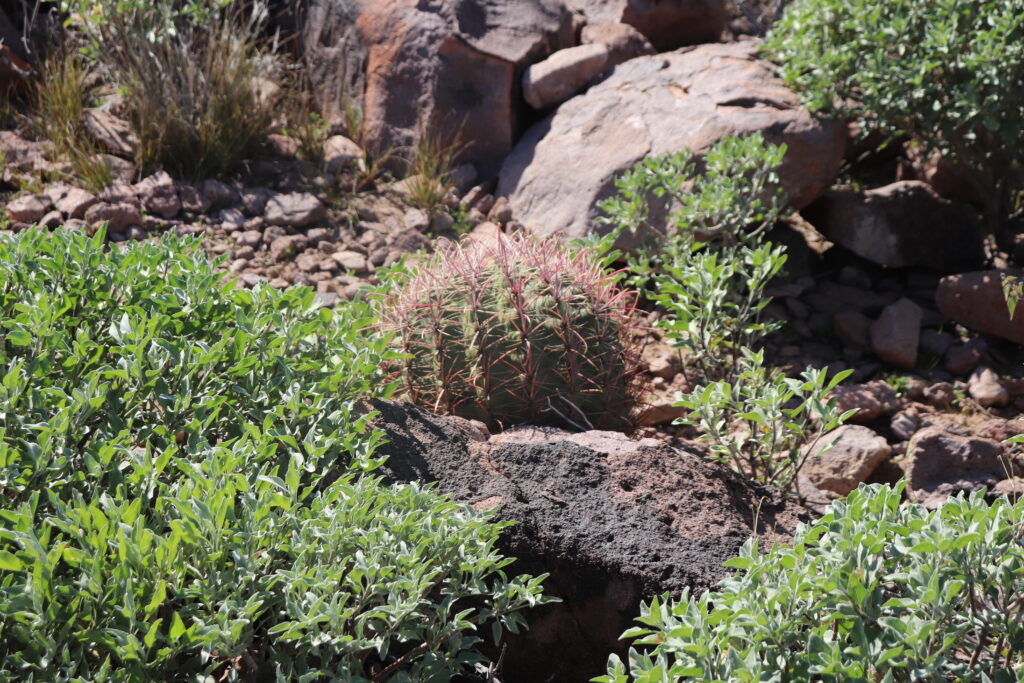
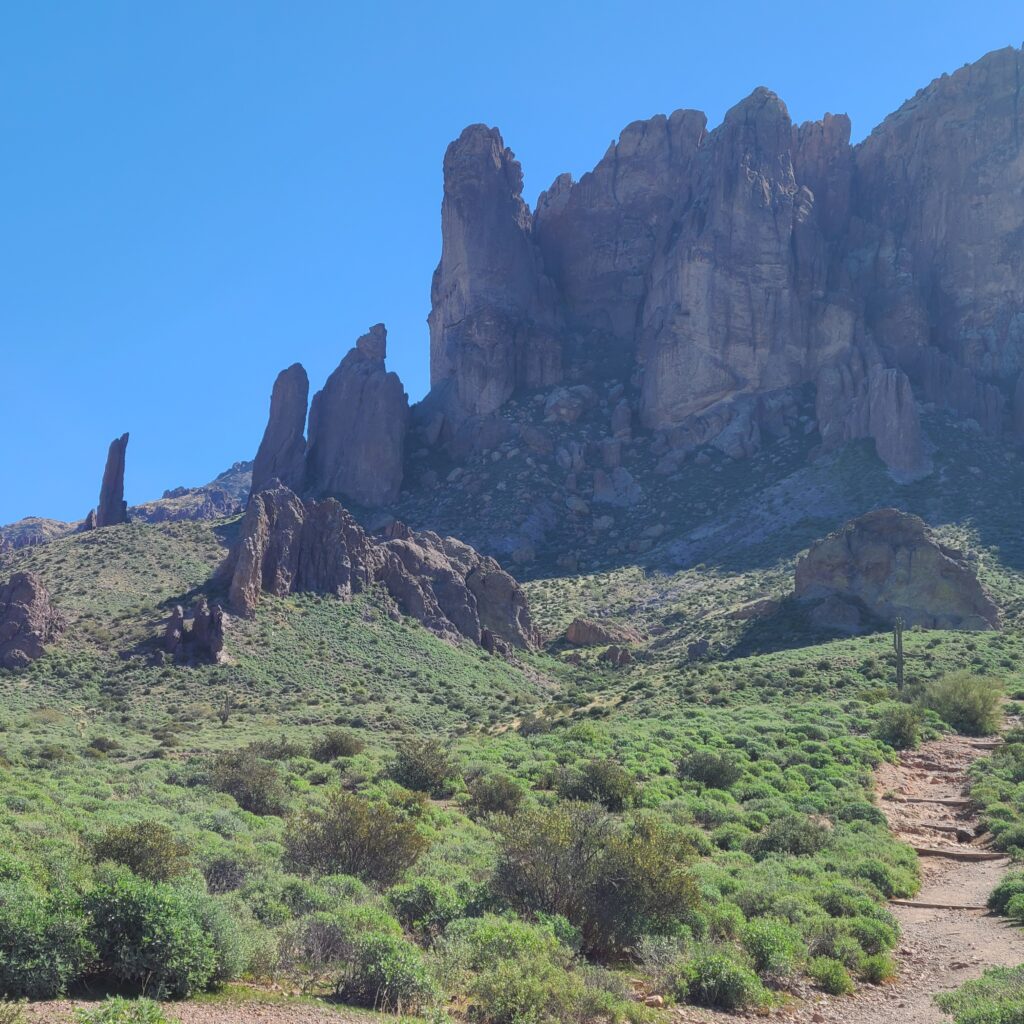
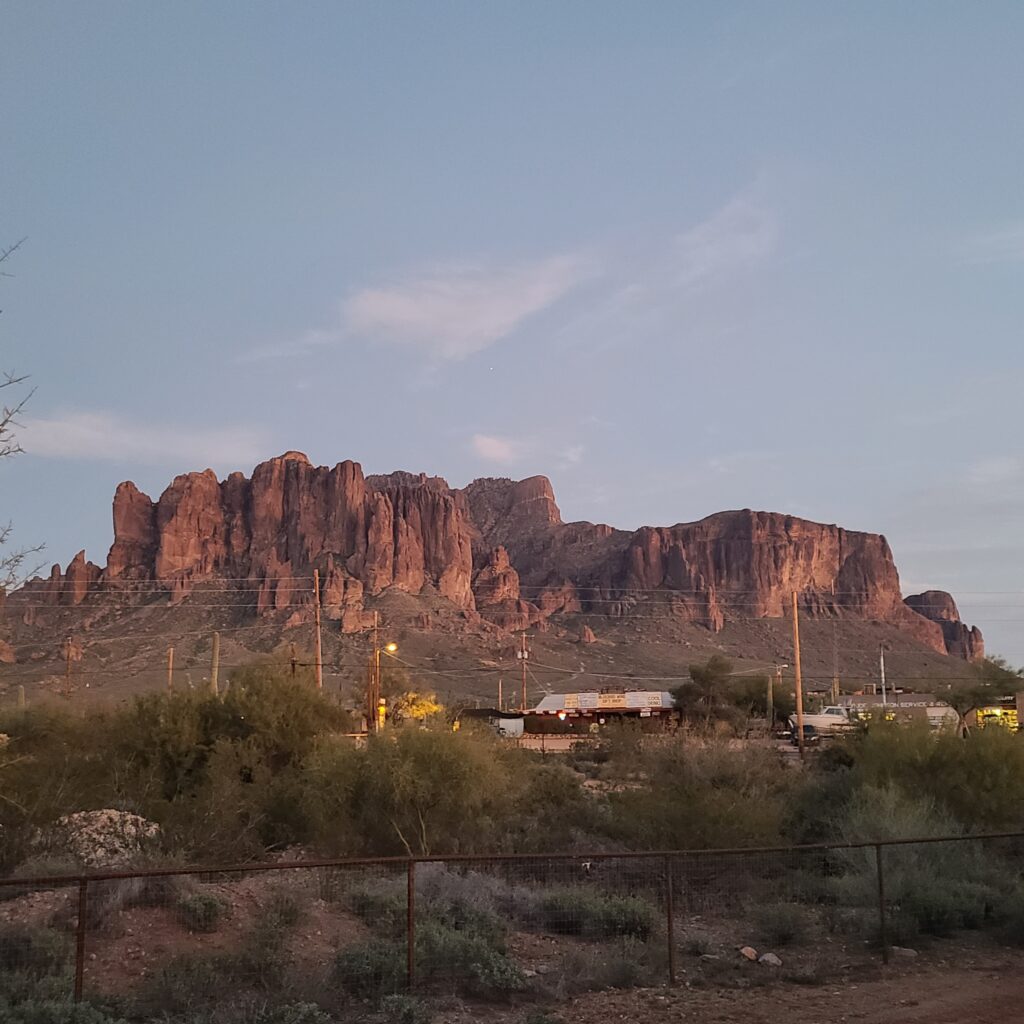
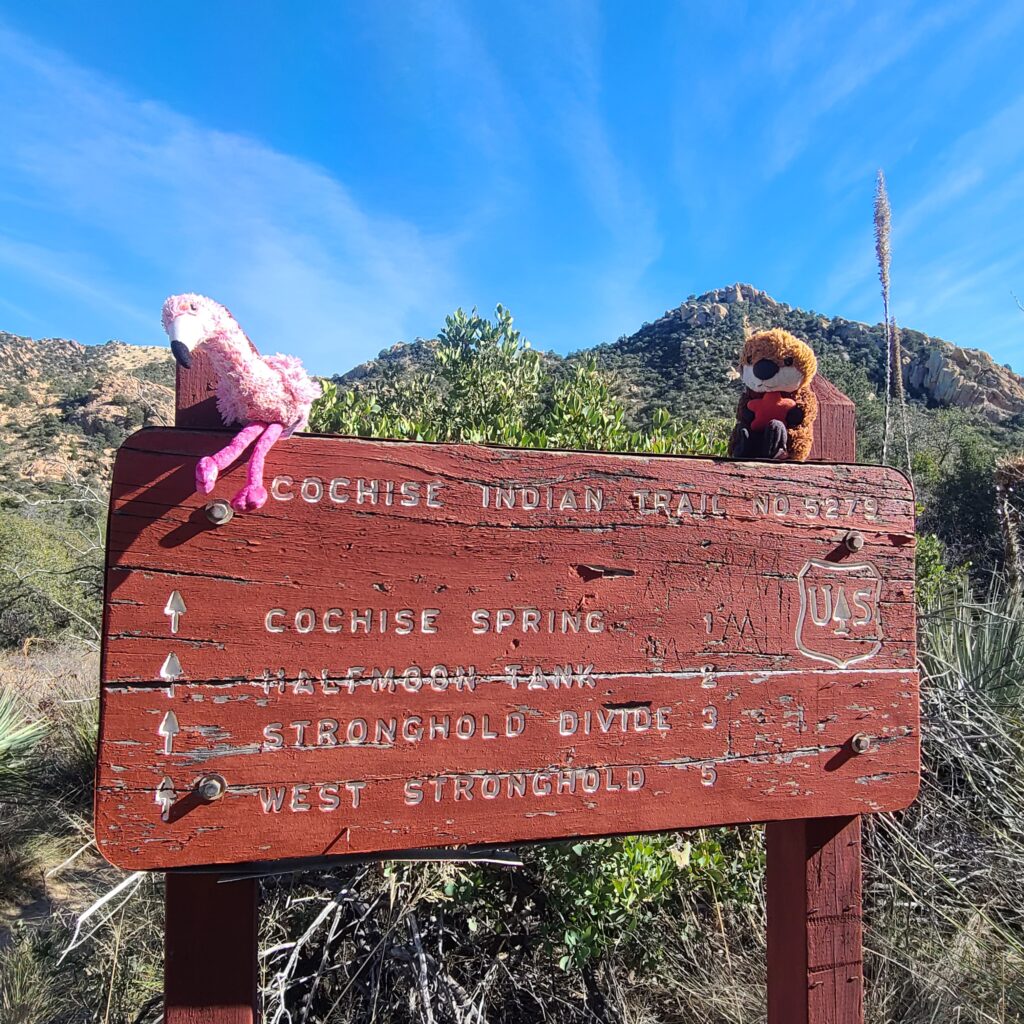

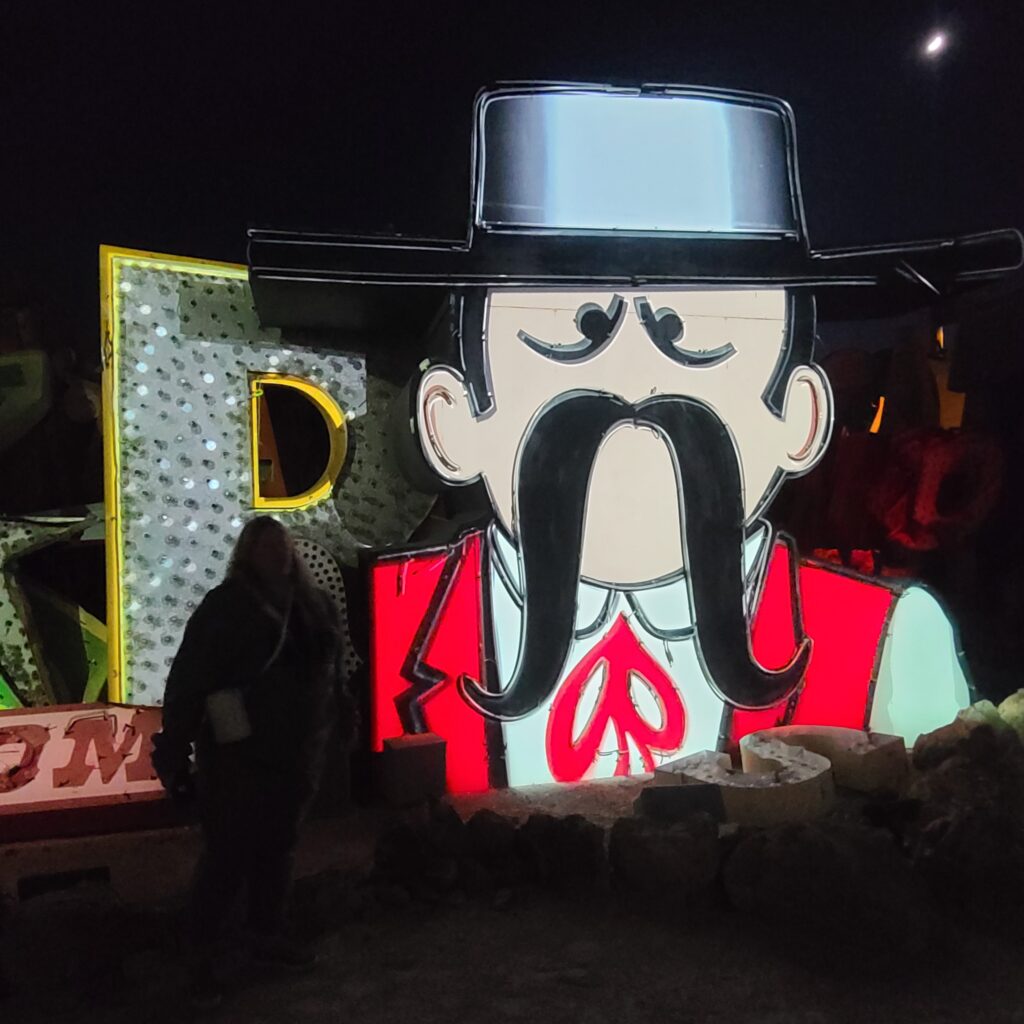
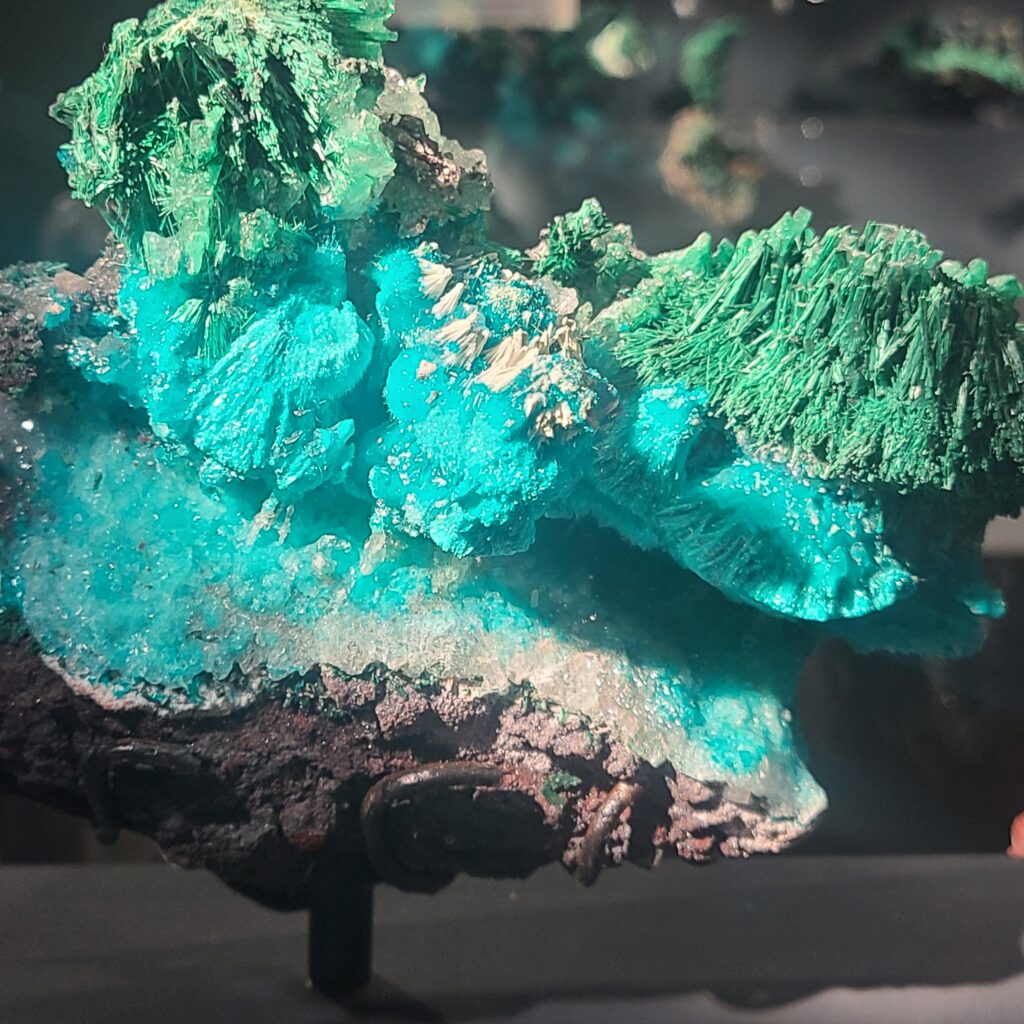
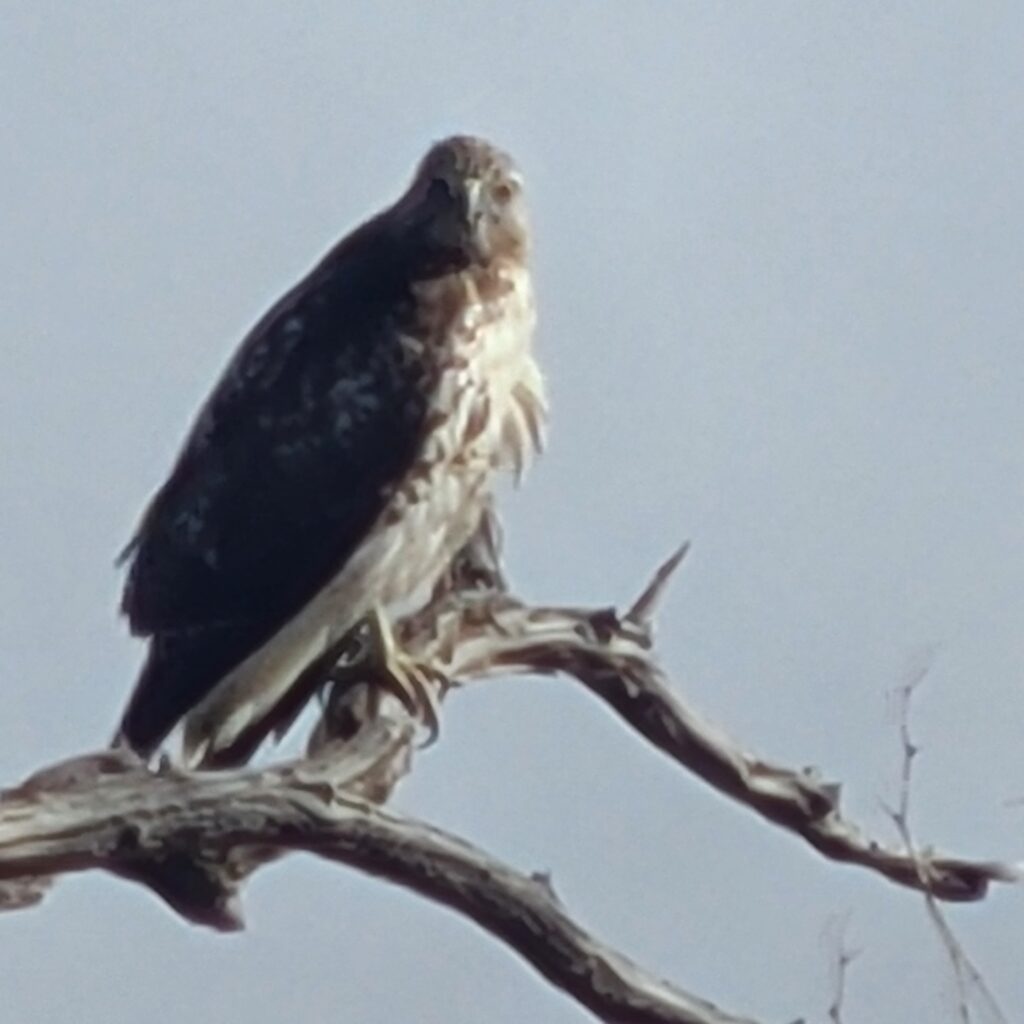
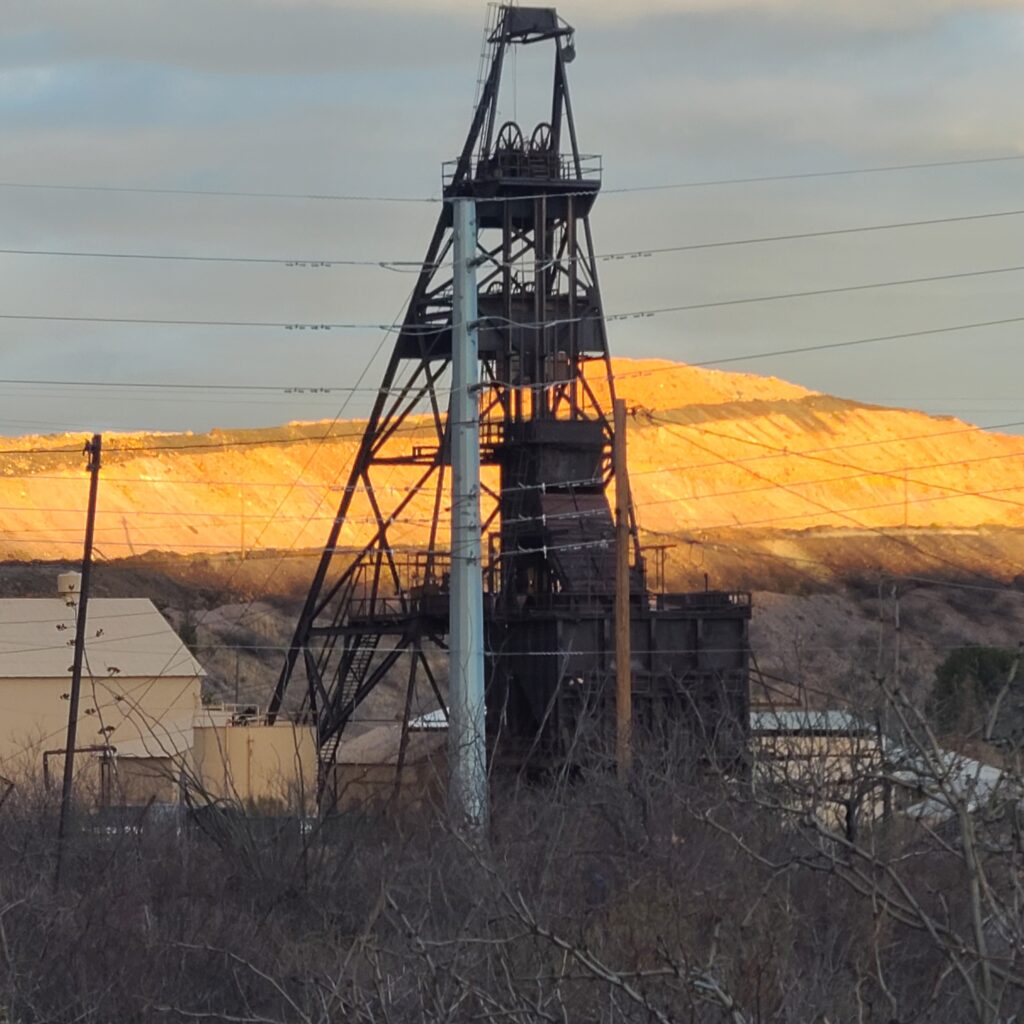
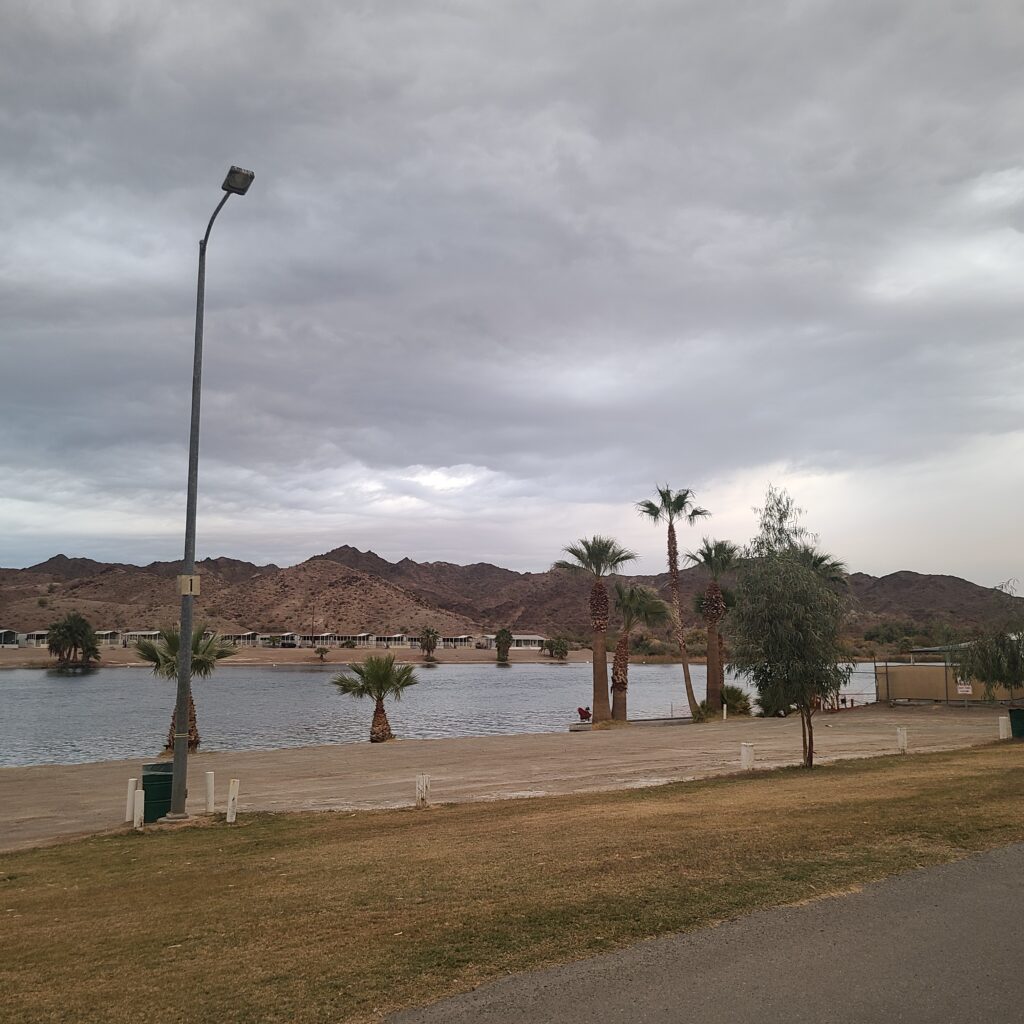
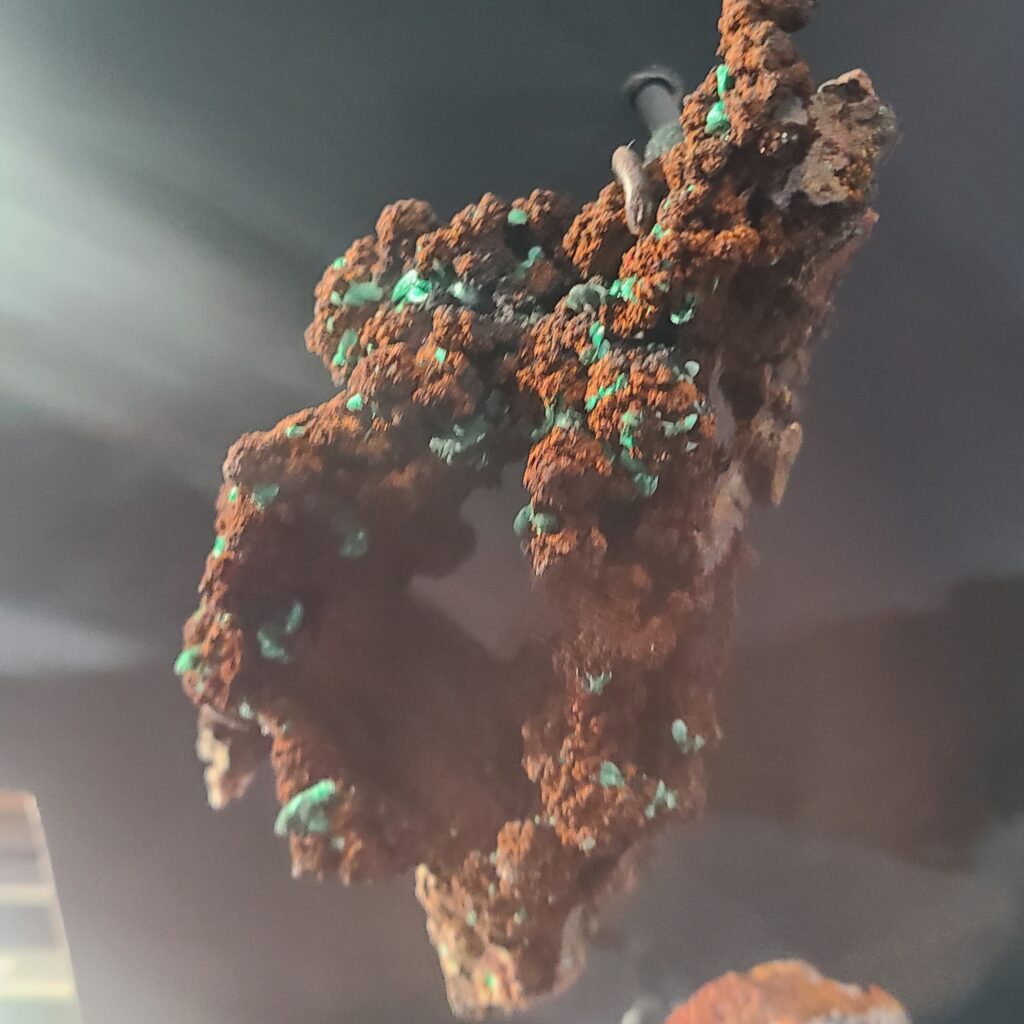

Awesome tips! Thanks much
Sheesh, sounds like we are pros or something. Ha! Pant pant, huff huff. Are we there yet?
Let’s go!